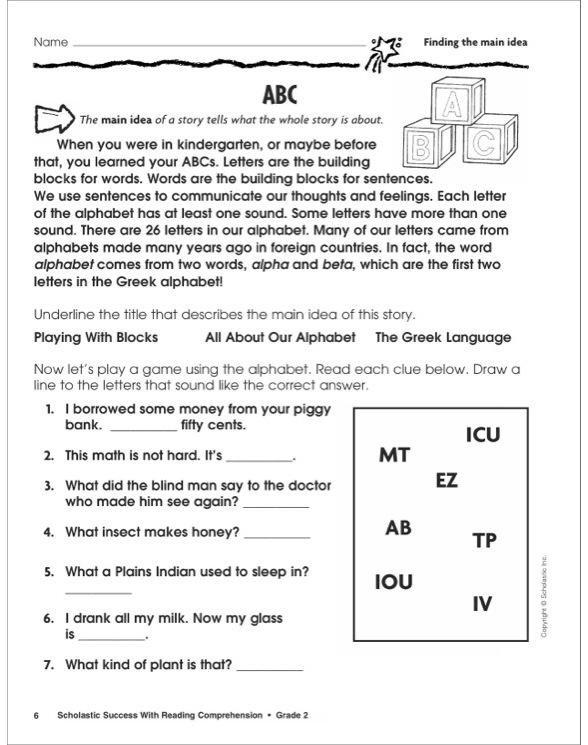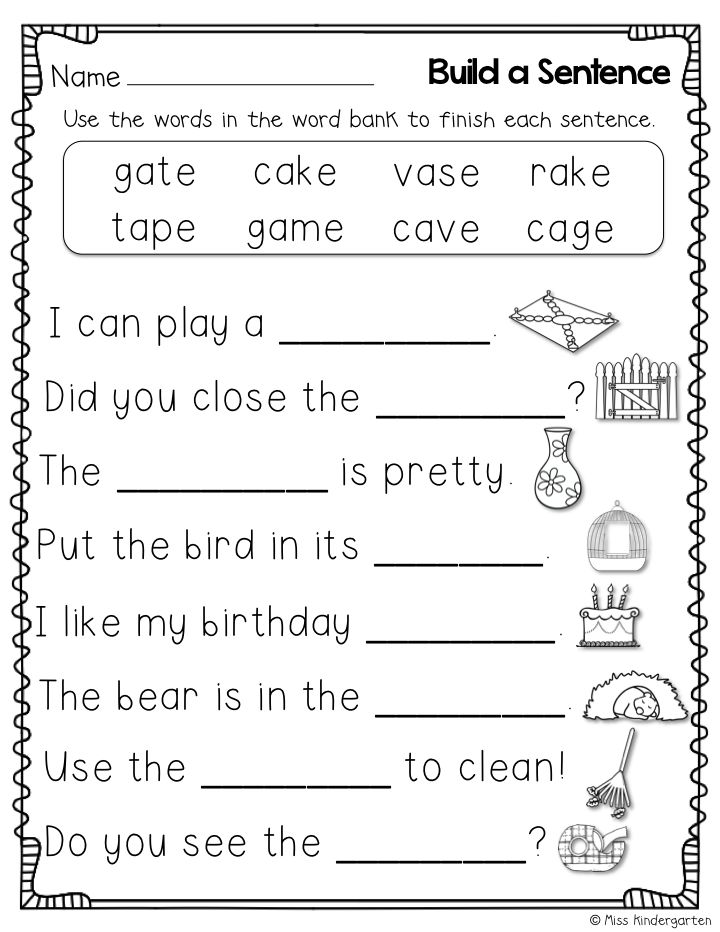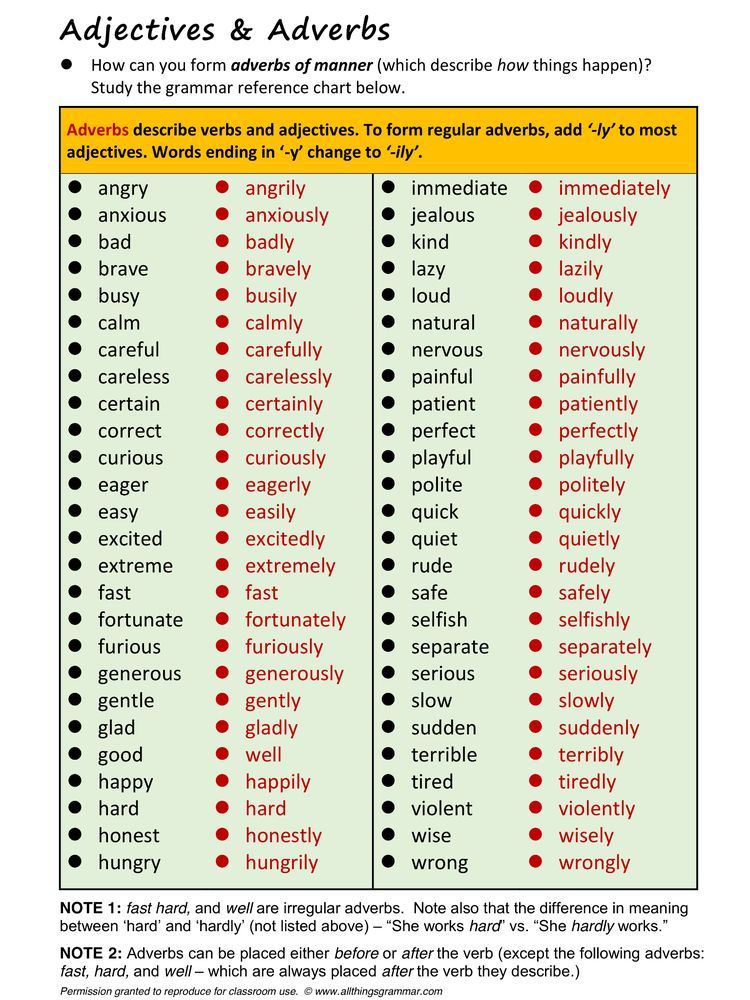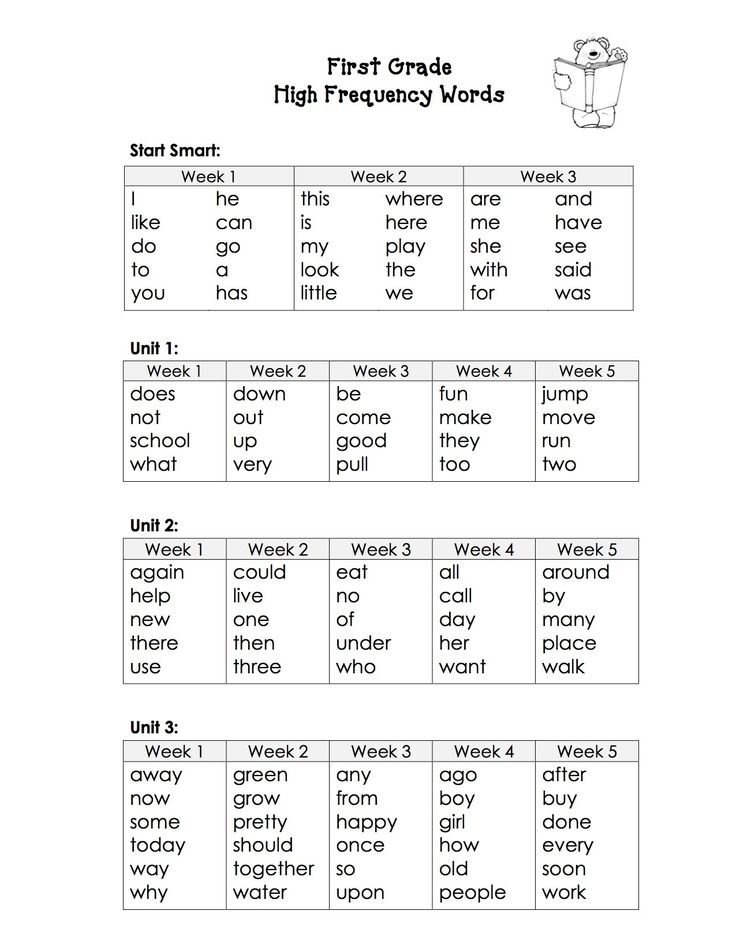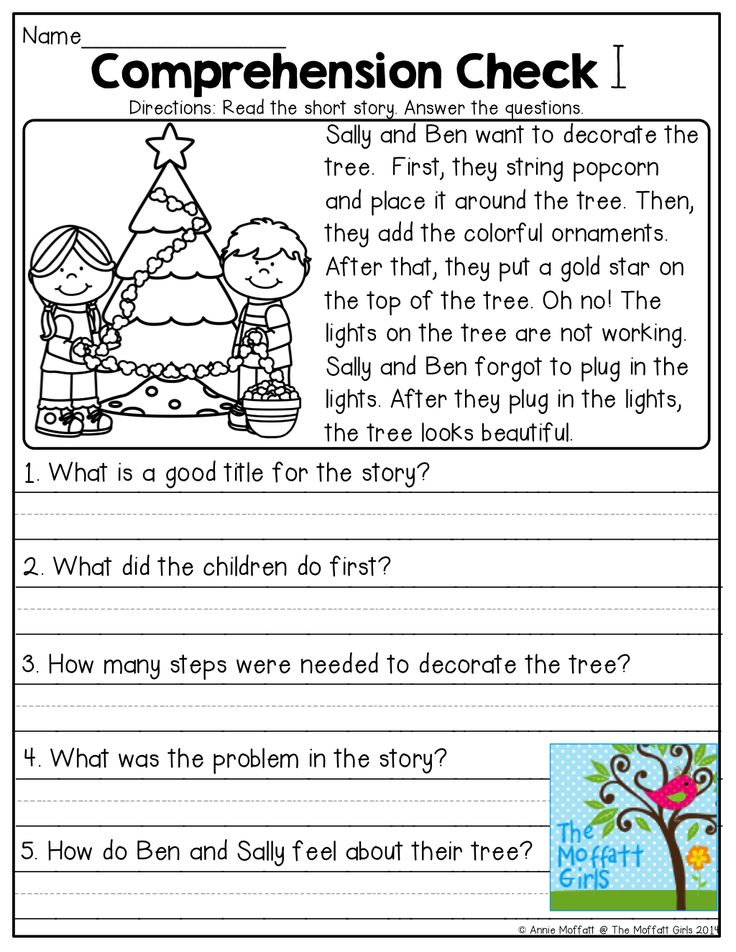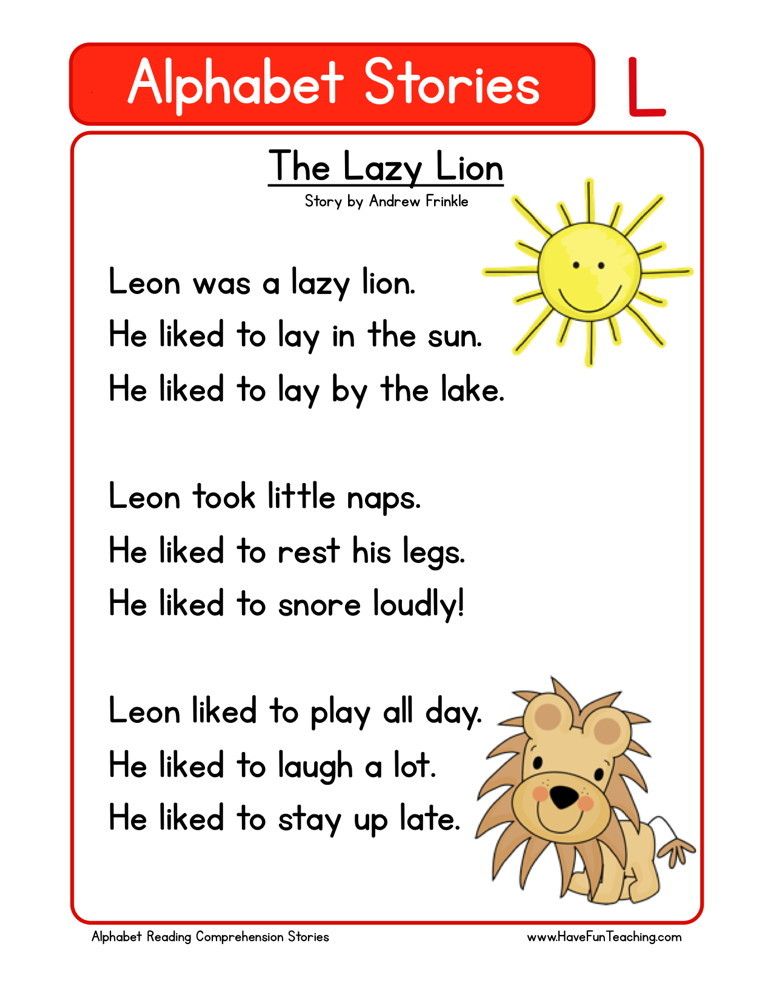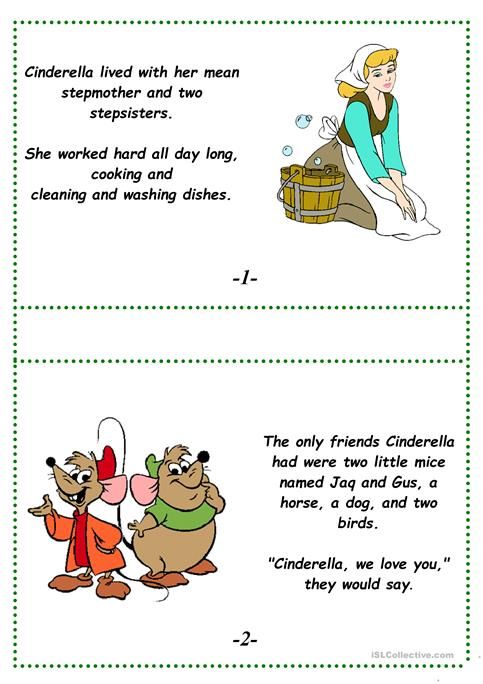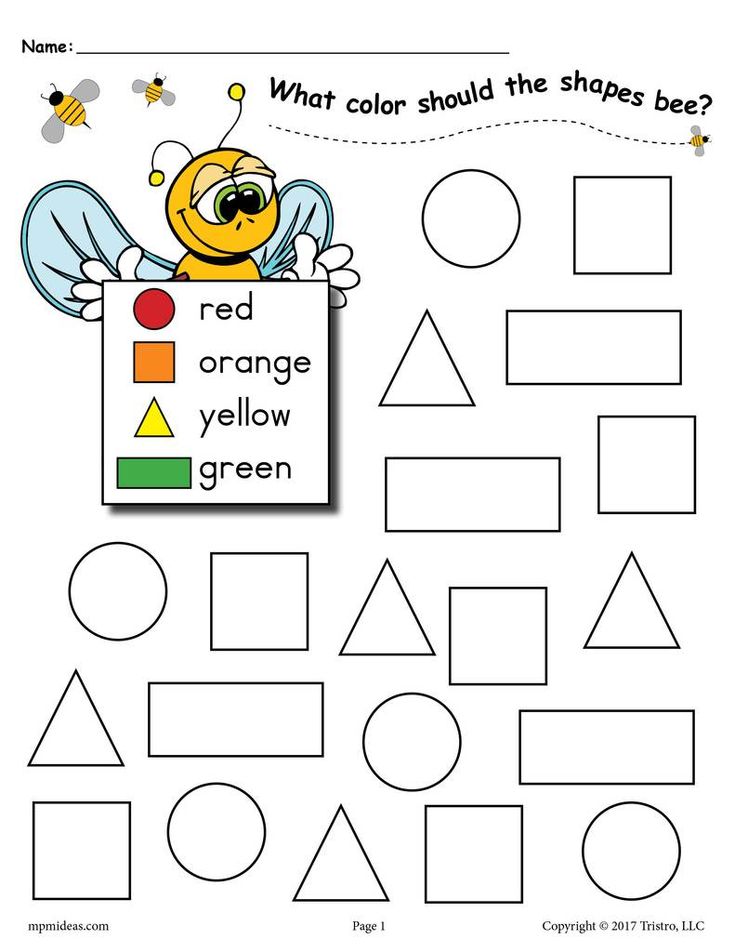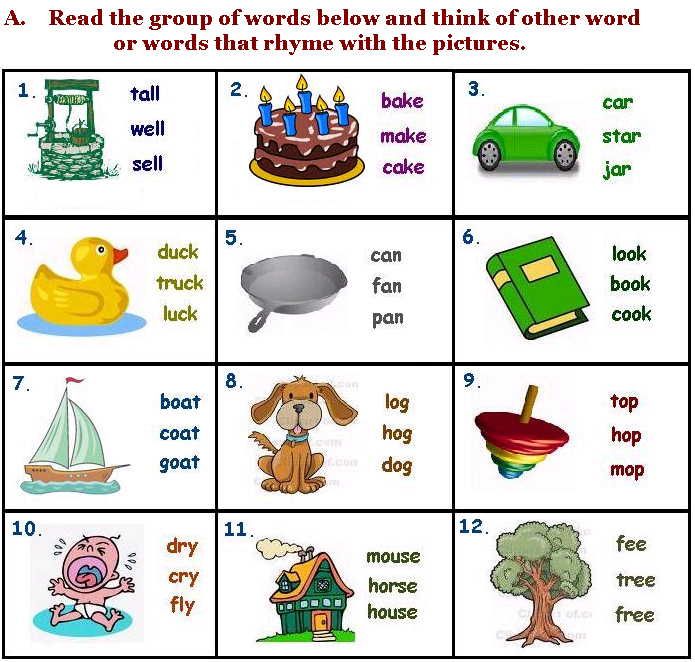What grade level is my child reading at
How To Determine Your Child’s Reading Level And Choose The Best Books
When you sit down to read a book, you want to enjoy the story in front of you. The same is true for your child. That’s why uncovering your child’s reading level is an important step in fostering their love of words from a young age!
Consider the different factors that allow kids to enjoy the books they read. For example, does it tie into their interests, and is it slated as an appropriate option for their level? By answering these questions, you can make sure they’re reading books that are just right for them!
If your child is in school, you’re probably no stranger to jargon like “reading level.” But what exactly does Lexile Framework, Guided Reading Levels (GRL), or Developmental Reading Assessment (DRA) actually mean?
Additionally, if your child is just starting to read on their own (or already reading independently) and is learning from home, how can you figure out what reading level is right for them? If any of these thoughts have crossed your mind, you’ve come to the right place.
We’re here to answer your questions so you and your child can sit down and enjoy a good book together!
What Is A Reading Level?
A reading level is simply a measure of your child’s ability to read text. It reflects how well your little one can read independently. Importantly, reading levels help you choose books that are a good match for your child while still presenting a challenge.
Keep in mind these levels are meant to be helpful, not stressful. They don’t limit your child, but, rather, help them blossom into a fluent, excited reader.
When your child reads books that are appropriate for their current reading level, it boosts their confidence so they can truly enjoy reading! Also, knowing what level your child is at allows you to work with them to improve their skills.
That being said, it’s important to remember that children are unique and develop differently. Comparing your child to their peers isn’t necessarily the best approach when trying to assess their reading ability.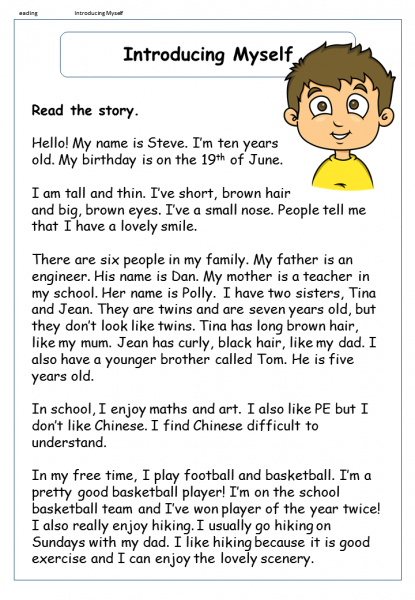
Why Is Determining Reading Level Important?
It’s helpful to determine your child’s reading level so you can find books that are appropriate for them to read on their own: not too difficult but challenging enough to encourage growth.
Reading level classification is a convenient tool you can use when searching online or at the library. And when you provide books that are on your child’s level, you create excitement and build their confidence, which can lead to a lifetime love of learning and reading!
If you’re looking for ways to help your little one read at the best level for them, Our new app HOMER Learn & Grow has a Stories section that gives age-appropriate story recommendations!
This is a great resource that takes your child’s specific interests and recommends stories just for them. What’s more, your child can choose to read along or read on their own.
How Is Your Child’s Reading Level Measured?
Your child’s reading level is usually measured at their school in first or second grade, and we’ll show you how that’s done.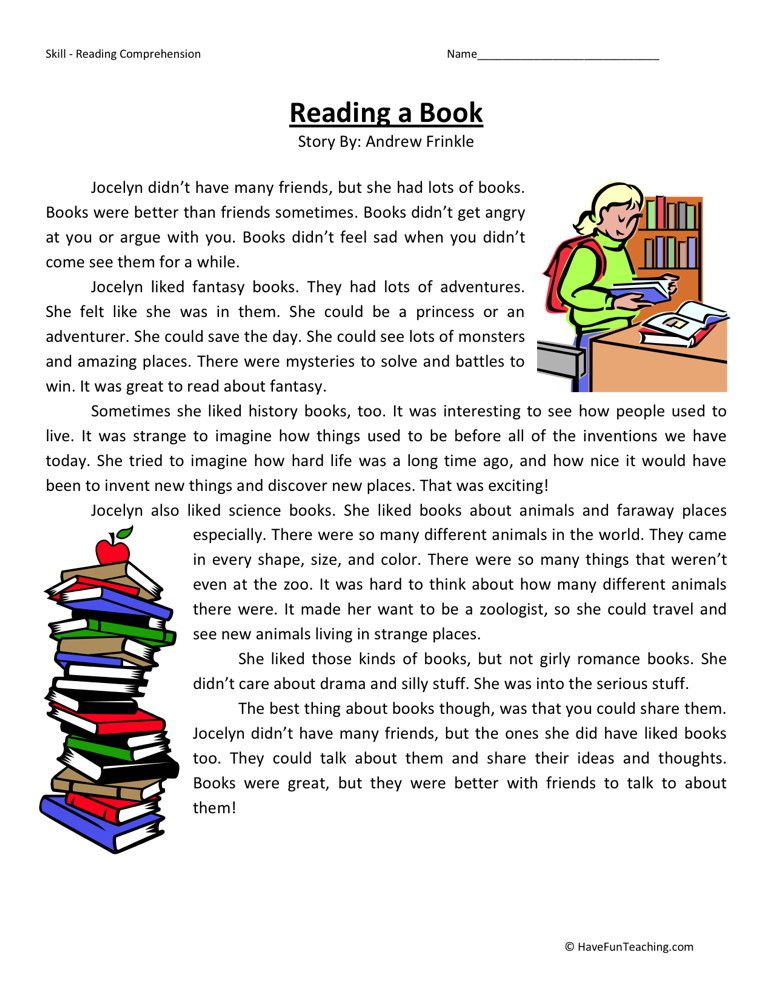 Here’s a tip: since your child’s teacher knows their reading level, consider asking the teacher (or the school librarian) for books your child can read at home.
Here’s a tip: since your child’s teacher knows their reading level, consider asking the teacher (or the school librarian) for books your child can read at home.
Don’t worry if your child isn’t in school yet or if they’re homeschooled. We’ll show you how you can measure their reading level at home, too!
Before we dive in, it’s important to note that we think of books for kids at three levels: independent reading, instructional reading, and frustrating to read.
As the names indicate, independent reading books are ones a child can read with ease and without support from an adult.
Instructional ones are the books just above independent that teachers might use to stretch a child’s reading as they offer support while the child makes that next step. Finally, frustrating books are too hard for a child to read even with adult guidance.
Now that you have an idea of how to think of the different books your child might encounter, let’s talk about the tools used for determining or describing reading levels.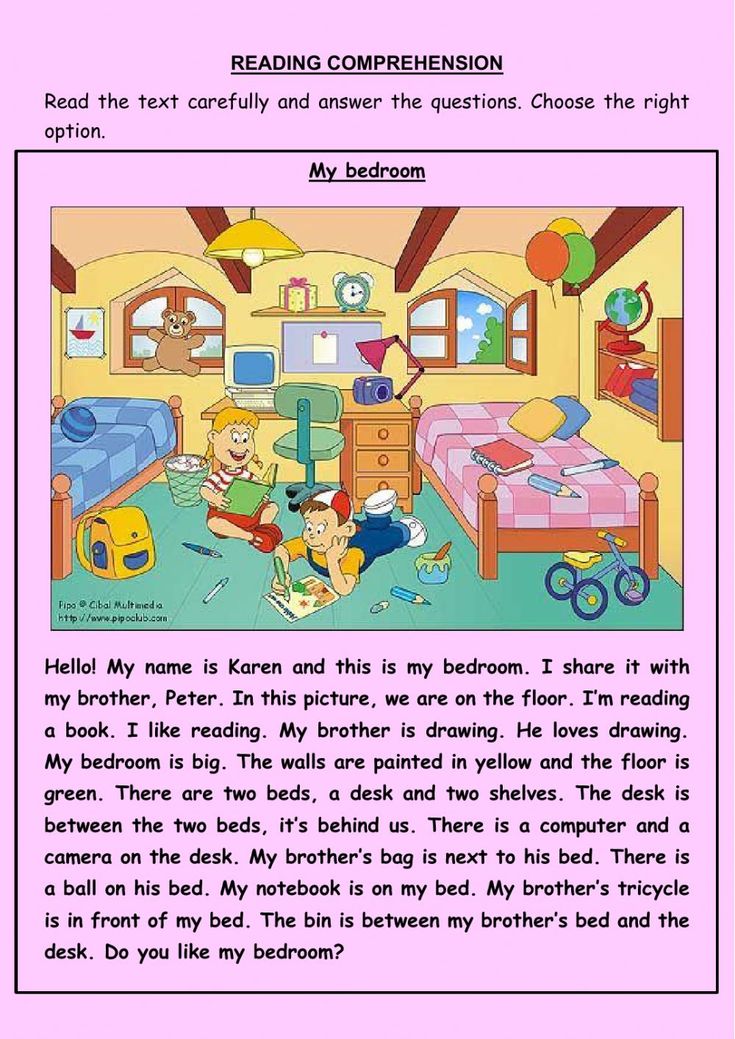
Lexile Framework For Reading
Lexile Framework For Reading is an educational tool that ranks books by order of their difficulty using a scale called a Lexile. Usually, your child’s teacher will determine their Lexile reading level and then choose books that have a matching score.
The Lexile score, or measure, describes your child’s reading ability and matches them with books and other reading materials. This measure ranges anywhere from 0L to 2000L.
Kids are encouraged to read within their Lexile “range” — 50L above to 100L below their actual level. For instance, if your little one is reading with a Lexile measure of 500L, they would read books ranging anywhere from 400L to 550L.
Using standardized assessments, schools will often measure a child’s reading level several times a year to help them select books that are appropriate for independent reading.
Guided Reading Levels (GRL)
GRL is a guided reading system used in some schools.
To determine reading levels using GRL, children sit one-on-one with their teacher and read from a book that’s considered standard for their grade level — a “benchmark” book.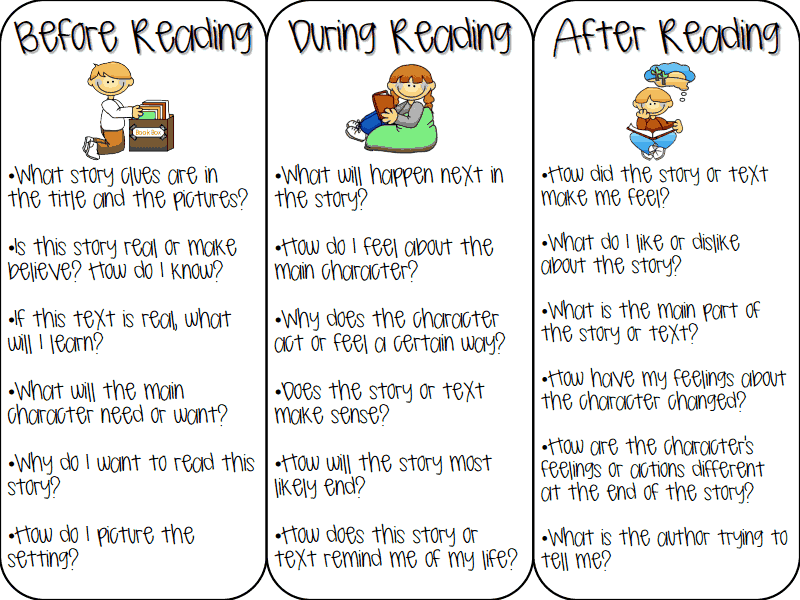 GRL books range from A to Z with A being the easiest.
GRL books range from A to Z with A being the easiest.
While reading these books, the teacher will take notes on any missed words and ask comprehension questions, such as, “When did the story take place?” or, “What was the problem in the story?”.
Through guided instruction, the teacher will gradually move children into more difficult books.
Developmental Reading Assessment (DRA)
DRA is a standardized reading test given by teachers or reading specialists. As with GRL, children sit individually with the test administrator and read a book.
Several factors are taken into consideration to determine reading level, including:
- Reading comprehension
- Phonemic awareness
- Fluency
DRA books are labeled with an A for the easiest books and then move into a numerical grading system. The levels range from 1 to 80 with 1-3 representing a kindergarten reading level and 80 representing an eighth-grade reading level.
Once a child has a DRA or a GRL level, a teacher or parent can search for the reading level of any particular book and can usually discover either the Lexile, DRA, or GRL of that particular text.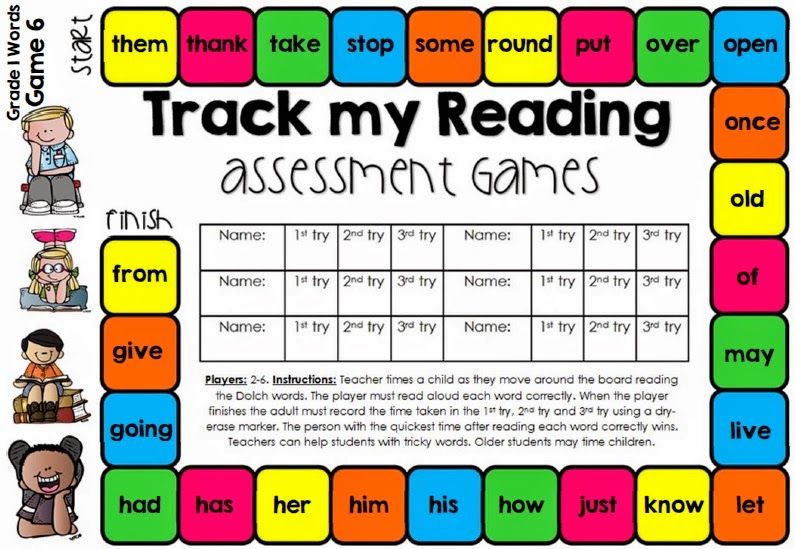 Here’s a chart for your reference.
Here’s a chart for your reference.
At-Home Reading Levels
If you’re looking for a way to find out your child’s reading level without using any of the methods listed above, you might try the five-finger rule.
For the five-finger rule, choose a book and flip to any page. If your child seems to have trouble reading more than five words on the page, it’s a good indicator that the book is too advanced for them.
To be sure, though, you can have your child try another page, especially if they seem eager to read a particular book.
This can be a helpful strategy, but it’s OK to let your child try a book and see how the reading goes. If a book is too hard, most kids will figure that out — and there is nothing wrong with reading books that are too easy!
Sometimes a child may be interested in a book that’s a little too hard for them. If this happens, we encourage you to read aloud to your child. You can also read together by alternating pages, paragraphs, or sentences.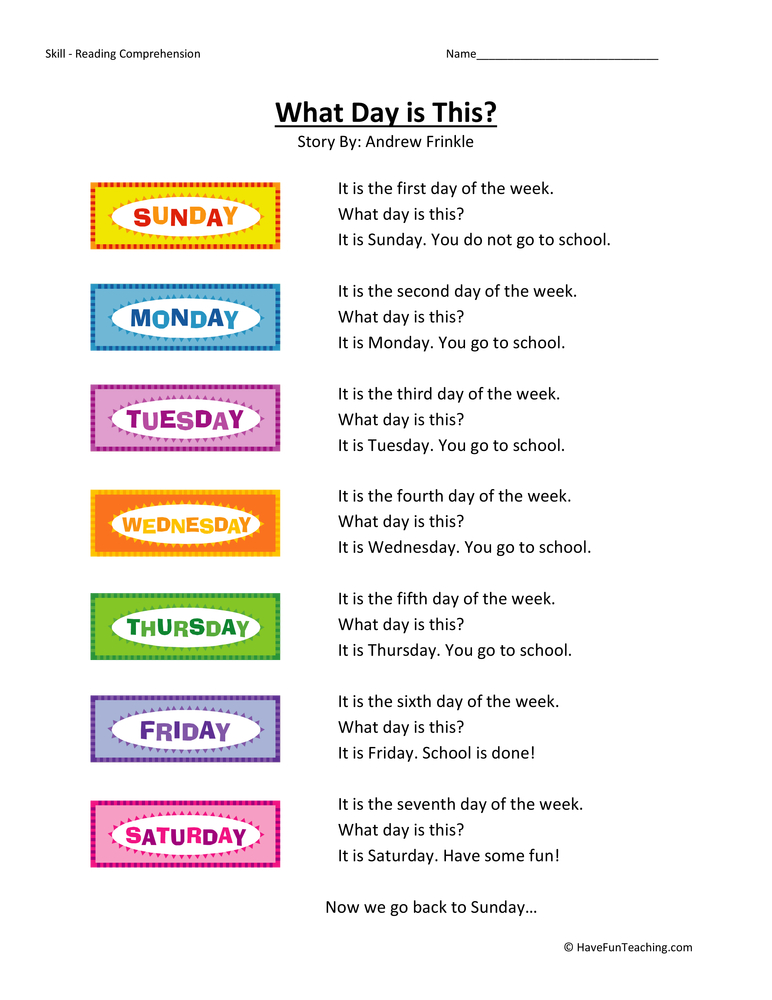
It’s important not to completely avoid books that may be a little above your child’s reading level.
Even if your child struggles a bit to read them without assistance, these books can still be beneficial in helping build their vocabulary, improve comprehension, and increase general knowledge — not to mention, encourage their love of reading!
When your emerging reader seems overwhelmed by one book, you can always give the five-finger rule a try with other books until you find the right match. And if your child is particularly interested in a topic, you can always read the book to them and stop on words you know they can read.
Also remember that when a child is really enjoying a book and highly motivated to read it, they will read at a higher level than if the material is not as interesting to them.
Tip: Most libraries and bookstores have books arranged by reading level so you can easily choose the best one for your emerging reader!
Feel free to ask librarians and knowledgeable staff at bookstores to offer suggestions.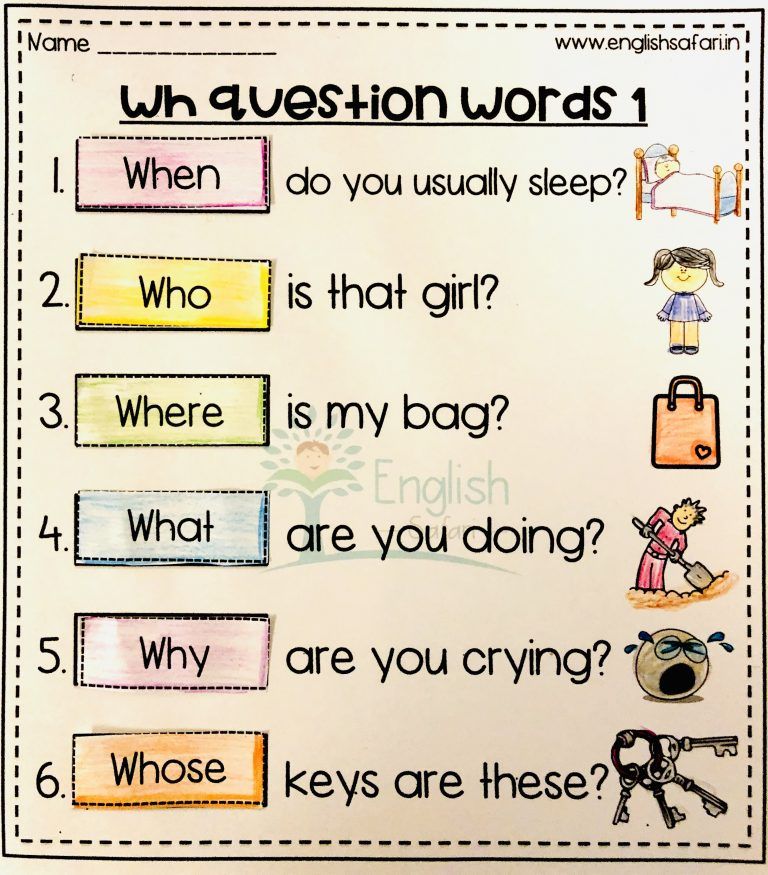 You could even say something like, “My child happily read a Clifford book; can you suggest others at the same level?”
You could even say something like, “My child happily read a Clifford book; can you suggest others at the same level?”
How To Help Your Child Become A Stronger Reader
As we mentioned earlier, you can easily determine your child’s reading level at home so that you can help them choose books that are just right! We suggest incorporating some of the tips below to help your child become a stronger reader.
Start With Clues
- Is your child using “sounding out” techniques to figure out unknown words?
- When your child reads, are they getting tripped up by sight words — common words that are hard to sound out?
- Is your child using pictures to help them understand what is written on the page?
- Is your child using context clues to figure out what word makes sense to come next as they read sentences?
Check Vocabulary
- Play games with your child to see what words they know. For example, say a sentence and point out one word in the sentence.
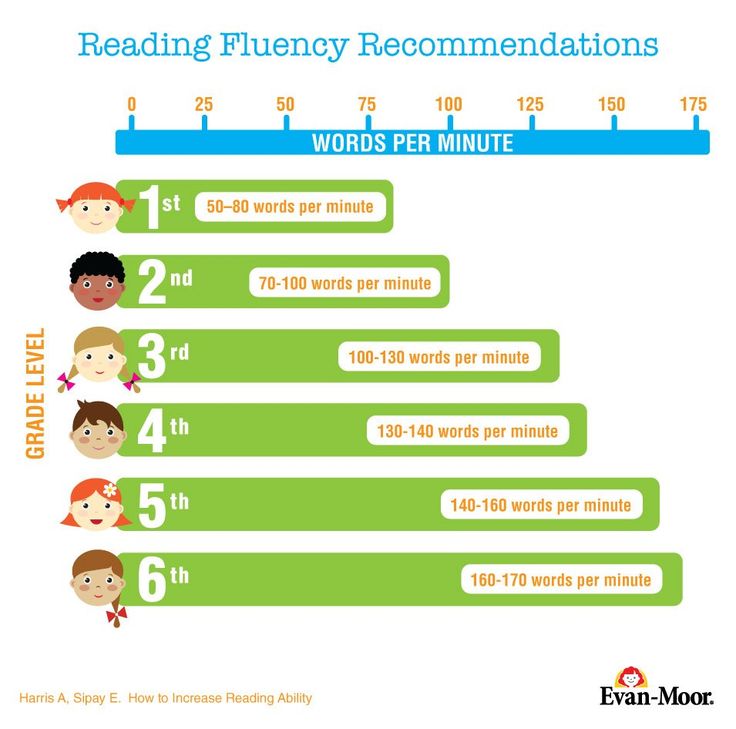 Then ask them if they can come up with a different word (synonym).
Then ask them if they can come up with a different word (synonym). - Play synonym games to see what words your child knows. For example, challenge yourselves to think of 10 or more ways to describe speaking (shout, whisper, mumble).
While you’re talking with your child, describe something specific from your day. Make sure to use interesting adjectives, and don’t hold back from using sophisticated vocabulary when talking with your child.
You can help your child’s vocabulary grow through day-to-day conversations and activities!
Ask Comprehension Questions
Understanding what they read is an important part of your child’s reading journey.
- To check for reading comprehension, we suggest pausing every other page to talk about what you’ve just read. Make this a natural reaction to the story, like you’re thinking aloud about the story or characters, so that it doesn’t feel like a test.
- Consider encouraging your child to act out and retell the story (for younger children).
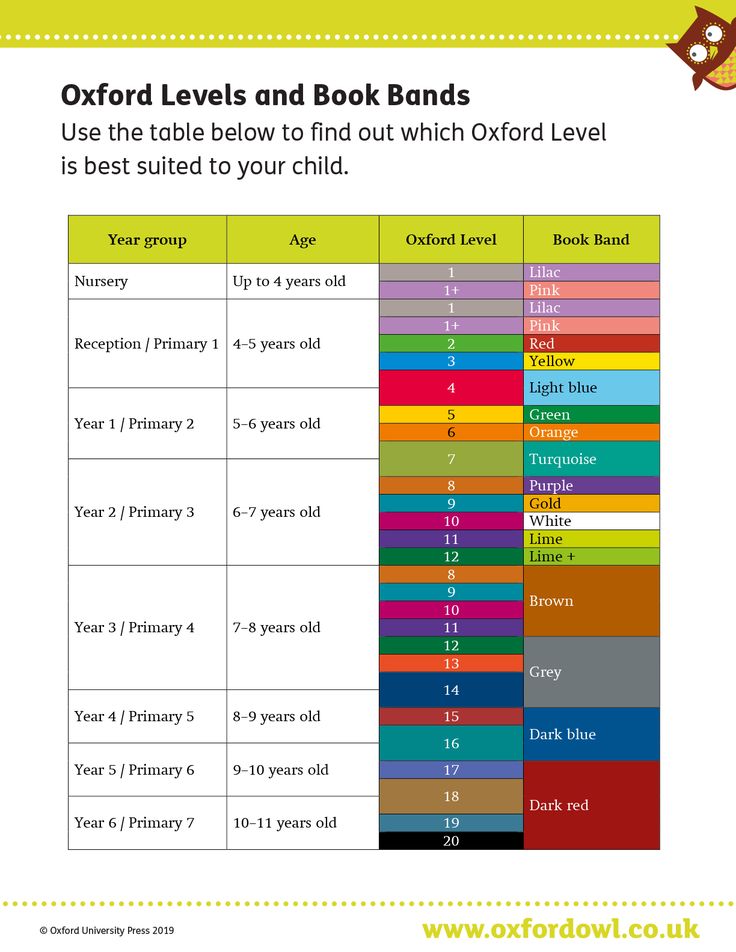
- Try discussing themes/lessons with your child (for older children). Remember: this isn’t a test, but a conversation between book lovers!
Talk To Your Child
When most people implement strategies to help their children improve their reading skills, they often forget about the importance of verbal communication. It’s essential to talk to your child frequently in short and simple sentences.
This includes singing songs, telling them wonderful stories, reciting fun nursery rhymes, and describing the world around them. All of this exposes children to lots of different words. It also helps them learn that language is a powerful tool for communication.
Discover Your Child’s Favorite Books
- Children often choose books that are a little below their actual reading level. At home, this is a good thing. It keeps reading fun and exciting!
- We recommend choosing books that interest your child — with a certain character or activity they like — so they’re curious and excited about reading.
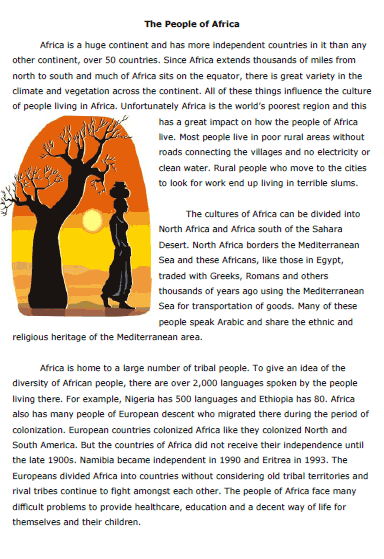
Reading books your child enjoys together can encourage their love of reading. And letting them read those same books to you can boost their confidence over time.
Together, these two activities increase your child’s fluency and reading enjoyment!
Create A Reading Corner
Establishing a reading corner in your house can benefit your child. The setup doesn’t need to be elaborate. This can be a simple, quiet, private area where your child can confidently read independently or with you.
It’s also great for the spot to be well-lit and filled with lots of books your child enjoys reading.
Is Reading The Same Book Over And Over OK?
Just like you might pick up an old favorite book to read, your child may do the same, and that’s OK! At least you know they’re enjoying a good book and the process of reading!
Rereading books can have many benefits for a child, including:
It allows children to get more from the text. Have you ever developed a deeper understanding of a story after rereading it? That’s because the more you engage with a story, the more you can take away from it.
You can pick up on new information, establish connections between yourself and some of the characters, and even improve your understanding of the overall story.
Similarly, allowing your child to read their favorite books for the second, third, fourth (or more) time will enable them to get more from the story.
It also allows for bonding. Did you know that rereading books can help bring your family closer together?
Many of us remember a couple of books that our family read together regularly. This can be a holiday book or a favorite story. Rereading is a great way to get the whole family involved, as everyone can take turns reading and connecting on the same story.
What’s more, reading familiar books can actually help develop a young reader’s fluency. It allows them to learn the words and helps them become familiar with narrative structure or storylines (i.e. beginning, middle, and end), which builds reading comprehension later on.
So feel free to let your child choose the same book over and over!
FAQs About Reading Levels
What Reading Level Should My Child Be In Each Grade?
It’s challenging to answer this question because each child is different and will naturally develop at their own pace.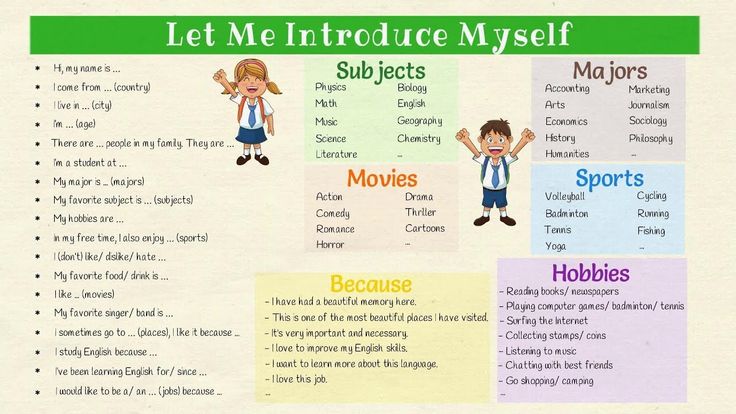 For example, just because your child’s friend has started reading fluently doesn’t mean your child will be able to do that yet.
For example, just because your child’s friend has started reading fluently doesn’t mean your child will be able to do that yet.
While no parent wants their own child to be a little behind compared to their peers, putting too much pressure on them to “catch up” might actually have an adverse effect. In fact, they might feel overwhelmed by the pressure and develop a negative attitude toward reading.
It’s also important to note that there’s no direct link between a certain Lexile measure and a specific grade level. When using any of the reading level measures we mentioned, remember that they are an estimate of a child’s performance and shouldn’t be interpreted literally.
Also, if you’re really concerned about your young learner’s development, you can always address those concerns with their teacher or another professional. They can offer tips and advice on how to best work with your child.
Finally, remember to be patient and positive no matter what. With lots of time and effort, your child will develop a lifetime love of reading!
Who Can Help Me Choose Books That Match My Child’s Reading Level?
The best place to start is to consult your child’s teacher.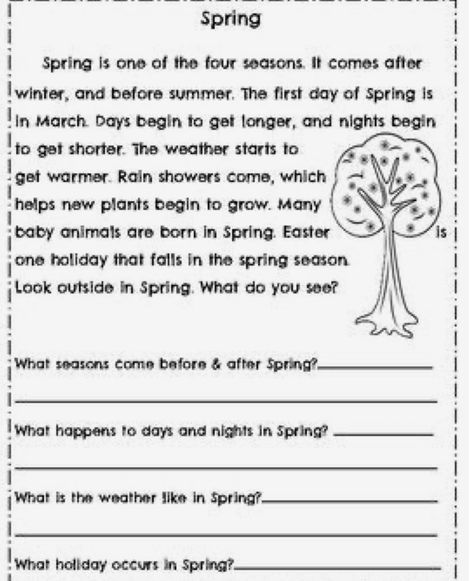 They will have the expertise to guide you in buying the right books for your child.
They will have the expertise to guide you in buying the right books for your child.
It’s also possible for you to look up most books online and find their reading levels. Furthermore, for beginner readers, there are publishers who label books in stages with age and/or grade suggestions attached.
If you’re homeschooling, you can also reach out to your local librarian or bookstores. As people who spend each day surrounded by books, they often have knowledge on this topic and may be able to recommend a few relevant books in your child’s reading level.
What If My Child Is Reading At A Lower Level?
The last thing a parent wants to hear is that their child’s reading level isn’t on par with their peers. But what can you do if, from the assessment used at your child’s school, you find out that your young learner is reading below the average grade level?
Firstly, it’s important not to panic. As mentioned earlier, kids develop reading skills at different stages of their development.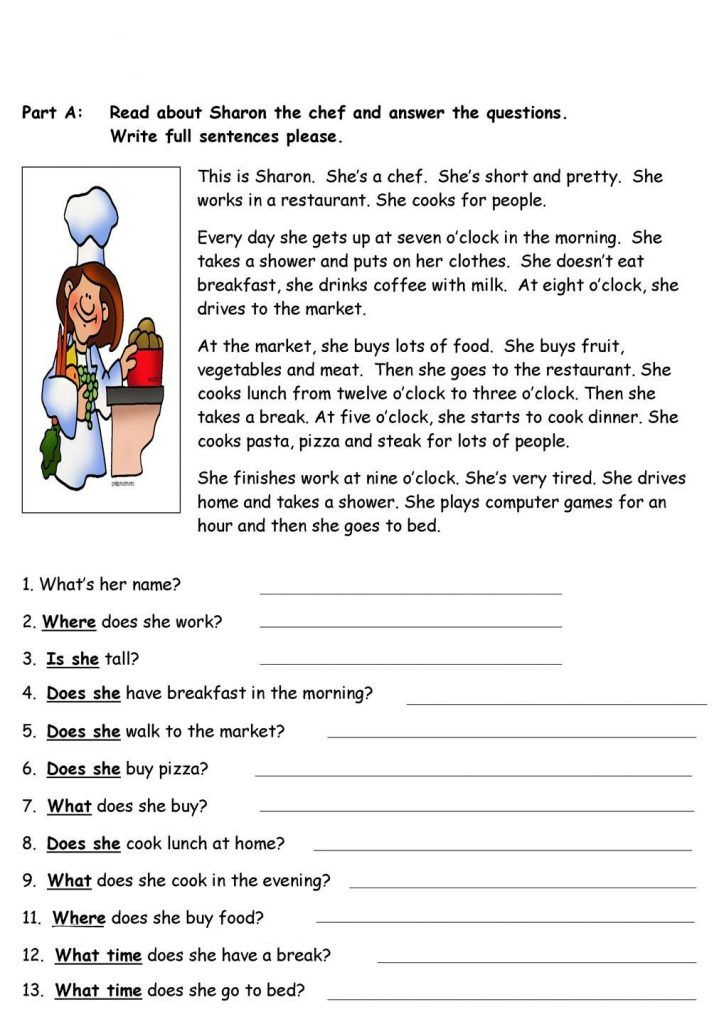 Some children might be early readers, while others may take time to get there.
Some children might be early readers, while others may take time to get there.
The most effective way to help your child improve their reading level is by continuing to encourage reading at home. While reading, remember to discuss the content to ensure comprehension.
Reading For Fun
From assessments to the five-finger rule, determining reading levels varies across the board. No matter which method you choose, remember these measurements are meant to be helpful and encouraging, not stressful and limiting.
Keep this in mind when assessing your young learner. You don’t want your child to sense any stress about their abilities, as this might overwhelm them and have an adverse effect on how they view reading.
While reading is an essential early learning (and lifelong) skill, you want your child to LOVE reading and not only view it as a test of their intelligence.
At the end of the day, the way reading makes your child feel is more important than their reading level.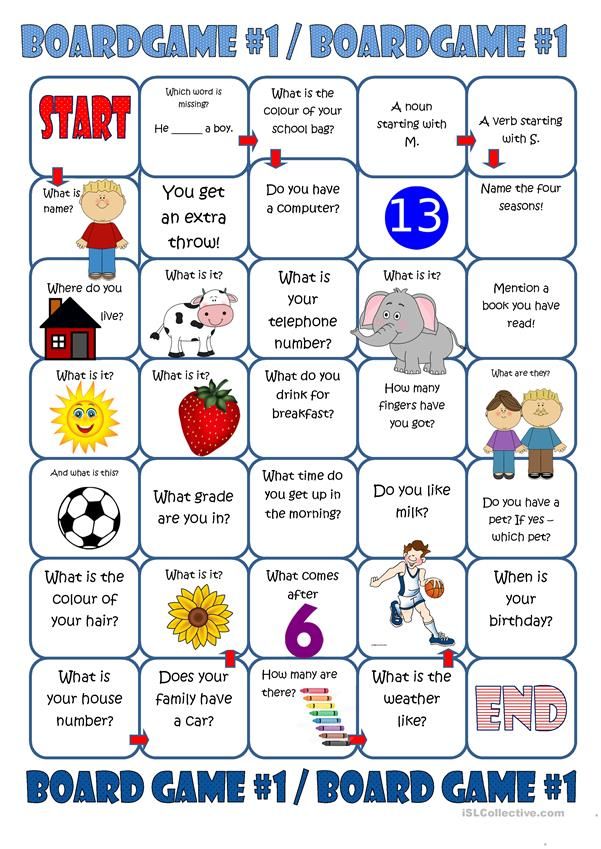 Each child learns in a way that’s special and unique to them.
Each child learns in a way that’s special and unique to them.
The HOMER Road To Reading
The road to discovering how to read can be a fun ride, but sometimes it’s bumpy. This is why we’re more than a learning program. We’re your learning partner.
If you’re looking for a resource to help develop your child’s love of reading and learning, consider taking a look at the HOMER Learn & Grow app. It’s full of stories curated based on your child’s interests!
When your child develops a love for reading, they’ll move up to the next level before you can say “Developmental Reading Assessment”!
Author
How to Determine Your Child’s Reading Level
Share with your friends!
35 shares
- Share
- Tweet
If your child is struggling with their reading assignments, it may mean that his or her actual reading level is different from the level of the assignments.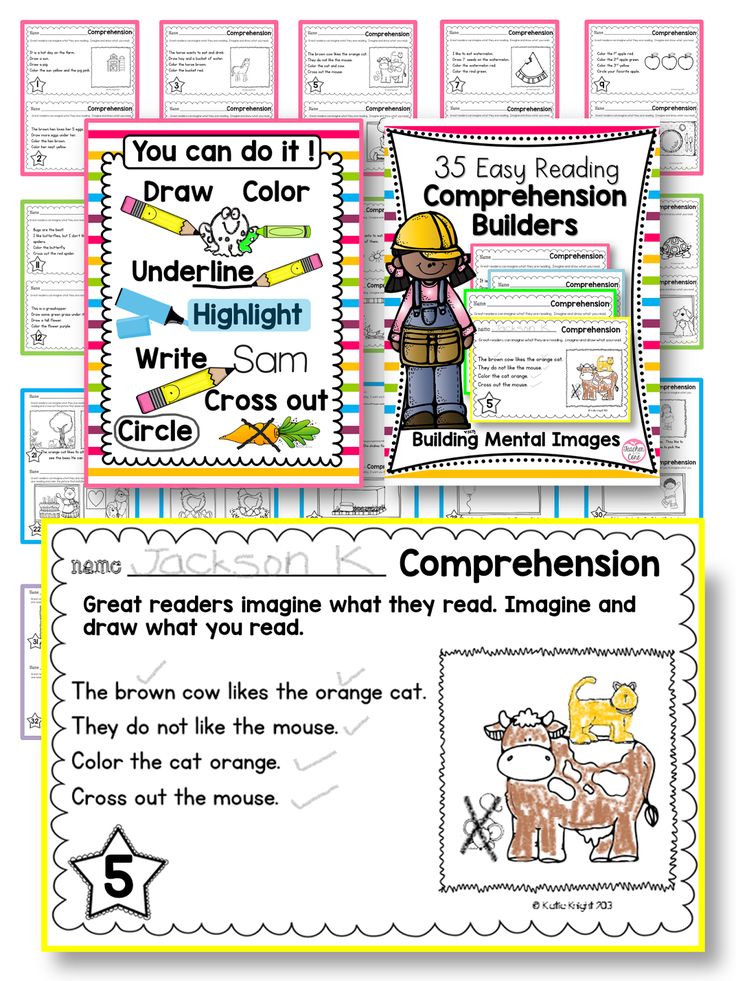
That can be a scary feeling for a homeschool mom! The first step to catching up to the correct grade level of reading is to determine his or her current reading level.
Following are a few steps that can help you determine a general grade level for your child’s reading.
How to Determine Your Child’s Reading Level1. Analytical Reading AssessmentDetermining your child’s analytical reading level means finding out what words the kid can actually decode, or sound out and read.
This method is based on the San Diego Quick Assessment.
At this stage, simply ask your child to read the following list of words from beginning to end without staying on one word for more than five seconds.
Make notes of the child’s mistakes.
If he or she makes 0-1 mistakes on a word, you can consider them “independent” at that level.
Two mistakes indicate that this level is “instructional,” or about where the child needs to be taught.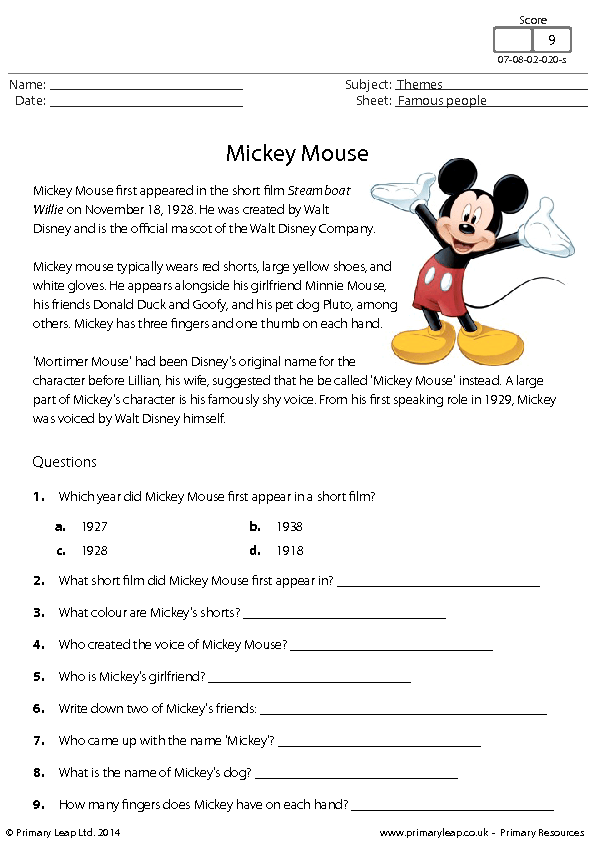
Three mistakes, however, indicate that that level is too high and would frustrate your child.
If your child is particularly young, you can use your judgment to exclude the higher-level lists.
Remember, your child doesn’t have to know what the words mean—for this exercise, it only matters that they can read the actual word.
2. Vocabulary AssessmentWhen choosing texts for a student to read, it’s important to make sure that they won’t be confronted by a page full of words that they are unfamiliar with.
To test vocabulary for your child, gather together samples from several texts just below, just above, and right at where your child’s reading level should be.
Explain that some of the samples will be really easy, and some will be really hard, but that they should underline any words that they don’t know the meaning of.
In order to eliminate decoding problems, you can read the text along with them.
Start from the lowest level and work up to the highest.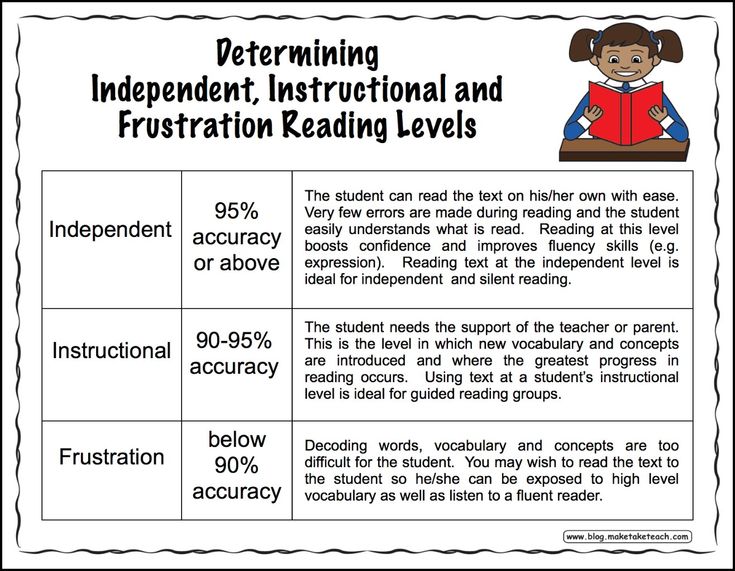
When the child starts to underline most of the words in a sample, then that passage is too difficult.
You can select your child’s texts from the levels below that passage.
3. Comprehension AssessmentEven if a child can read the entire passage, it does not mean that he or she has necessarily understood all of it.
With a comprehension assessment, you can gauge the level of story complexity that your child can understand.
Choose a 3-minute assessment a few levels below where your child should be and ask your child to read the passage.
Afterward, ask your child to retell what happened in the passage. Your child doesn’t have to include every detail, but give his or her response a score from 0-3, with 0 being “I don’t know at all” and 3 being a good, comprehensive summary.
Ask some higher-order thinking questions about the passage—questions that ask the child to recall details, paraphrase parts of the passage, apply knowledge from the passage, compare and contrast, make predictions, or appraise the passage.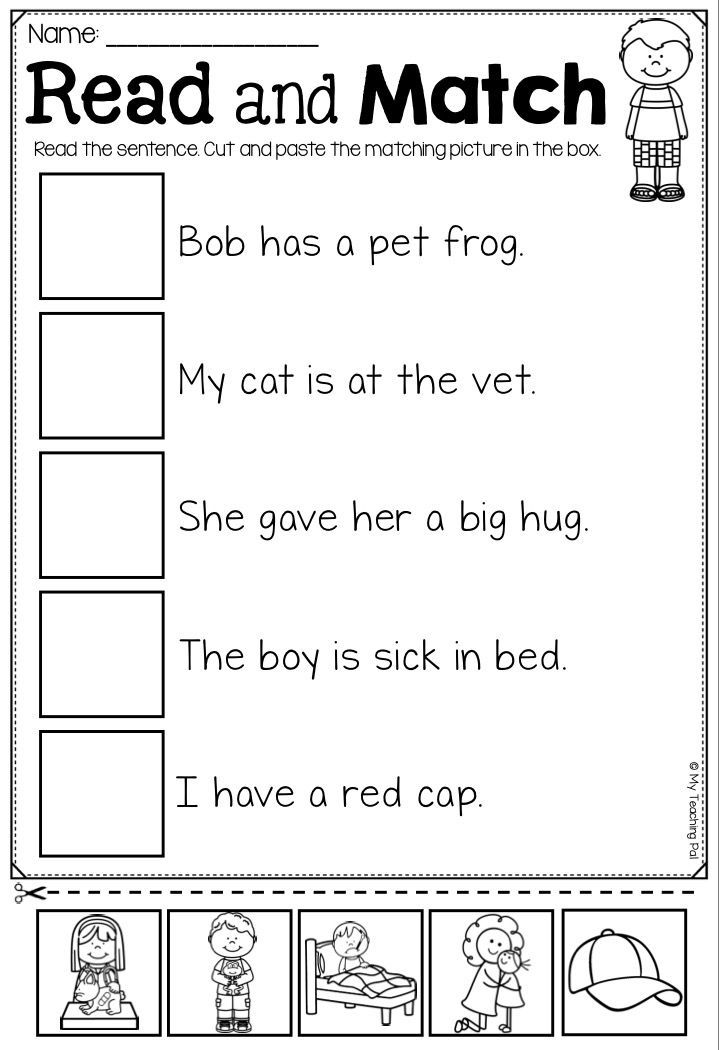
Score these questions similarly to the summary.
Work your way up through the grade levels until your child begins scoring ones and zeroes on the summaries and questions.
Your child’s reading comprehension level should lie at the passages that scored mostly twos.
Don’t Panic!
If your child is reading below grade level, don’t panic.
By providing them with material that they can read successfully on their own, it gives them the confidence and practice to be able to improve their reading skills.
Conversely, pushing them into a higher reading level before they are ready can lead to a lot of frustration and tears for all involved.
Finding out where to start is always the first step. You can do this!
More Reading Resources:
- Free and Low-Cost Reading Apps for Kids
- Online Reading Games for Kids
- How to Determine Your Child’s Reading Level
- Reading BINGO Game
- Audiobook Resources for Kids
- Free Reading Games for Kids
Share with your friends!
35 shares
- Share
- Tweet
At what age did your children begin to read fluently?
- Forum
- Archive
- Schools, Olympiads, Universities
At what age did your children start reading fluently?
What is the normal reading speed for a first grader?
Really fluent, with intonation, pauses, started reading exactly at 6.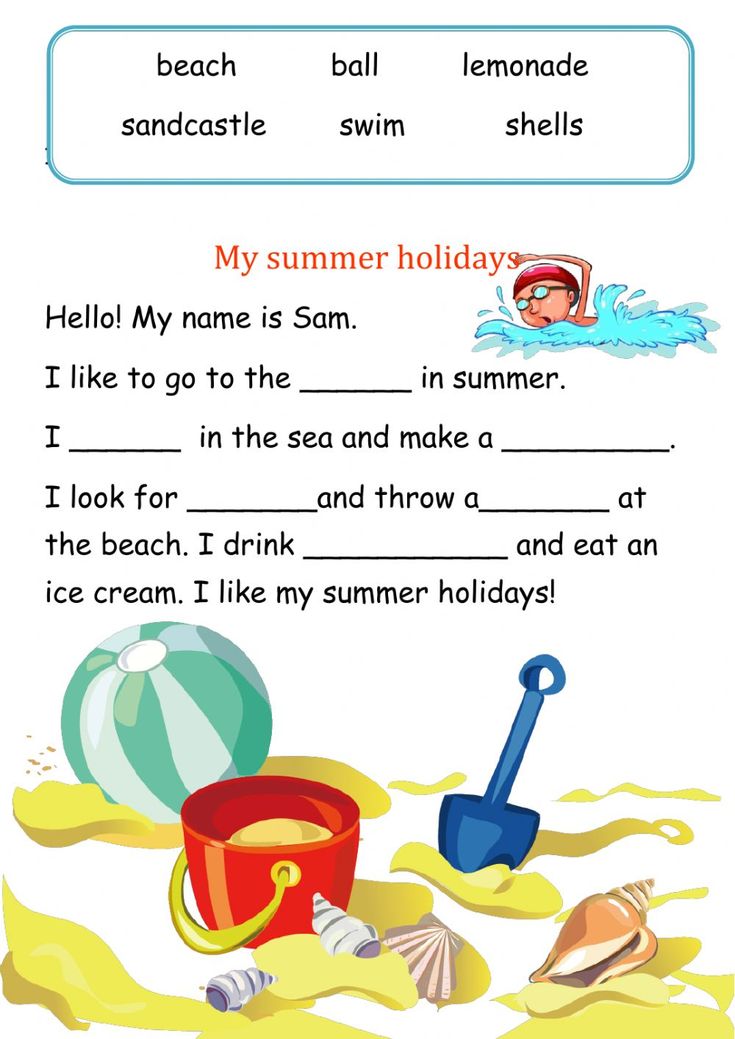
Fluent - in the middle or end of the first grade. I mean, I read it the way I read it. How many words per minute, I can’t say, I didn’t count. But here everything is individual, we have children who had problems with reading even in the 3rd grade. However, children are not stupid. But reading under duress. My daughter has always read a lot. nine0011 It seems to me that here it is necessary not so much to chase speed as to quality, so as not to miss words, etc.
And the speed will come with time.
eldest at 8. Son at 5. Youngest at 6.5. Normal speed - I don’t know, but it’s more revealing to measure it now and, say, in six months. And compare.
What is fluent? Not in syllables, with a complete understanding of what was read the first time, with expression, but more slowly than an adult - by the age of 5, the youngest daughter was reading. The eldest - at 5.5-6. nine0011 Official reading standards for a first grader can be viewed on the Internet. They are greatly underestimated in my opinion.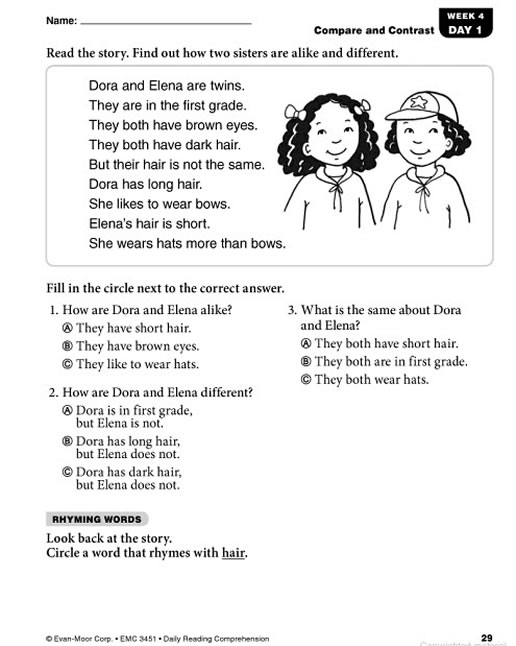
The reading speed with which the first grader will be comfortable, in my opinion, again, from 40 words / min. and higher. On the 1st of September is not necessary, but by about November it is desirable.
The main thing is not speed, but reading comprehension. In our school, reading technique is not checked at all, but they work a lot with the text.
I feel fluently from 70-80 words.
The speed of an adult is about 120 words (out loud). nine0011 Norms for grade 1:
40-50 words at the beginning, 50-60 at the end - this is 5
For the next classes, like this.
That is, in accordance with the norms for 5, the child should reach the speed of an adult by the end of the 4th grade, and fluent reading (in my interpretation) - by the end of the second. And it will be great.
According to my surveys, the speed of more than 80 words per minute occurs in 1st grade in 2-3 people in the advanced class.
I found these norms on the Internet for the 1st grade:
Standards for reading speed in the 1st grade
second quarter - less than 10 words - 2 points, 10-15 words - 3 points, 16-20 words - 4 points, more than 20 words - 5 points;
third quarter - less than 20 words - 2 points, 20-25 words - 3 points, 26-35 words - 4 points, more than 35 words - 5 points;
fourth quarter - less than 25 words - 2 points, 25-30 words - 3 points, 31-40 words - 4 points, more than 40 words - 5 points.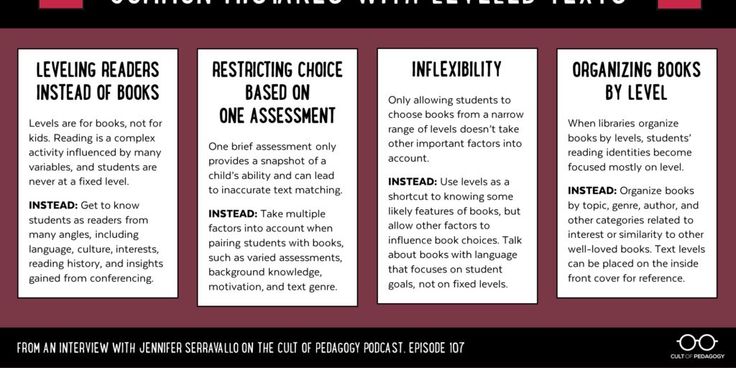
We have the most ordinary, unselected and unadvanced class, reading speed was tested in October. On average, 30-50 words were in children. Much less - in children whose Russian is non-native. More than 80 words per minute - in 2 children. At the same time, the teacher said that everything above 40 is excellent. nine0012
Well, going to the first grade, my son could not read, in general, at the end of October he read 35 words, by the end of the first grade - 85 words. Now grade 4 - 117 words technical text, 127 - adapted.
Elana answered you correctly, there are average norms, it is better to focus on them. And why do you need someone else's experience? Moreover, in the same family, he is completely different, the eldest fluently (read about 100 words by the end of grade 1), the youngest now reads almost like this (about 80 words), he is 5 at the end of April.
My son's reading speed was also checked in October (Grade 1).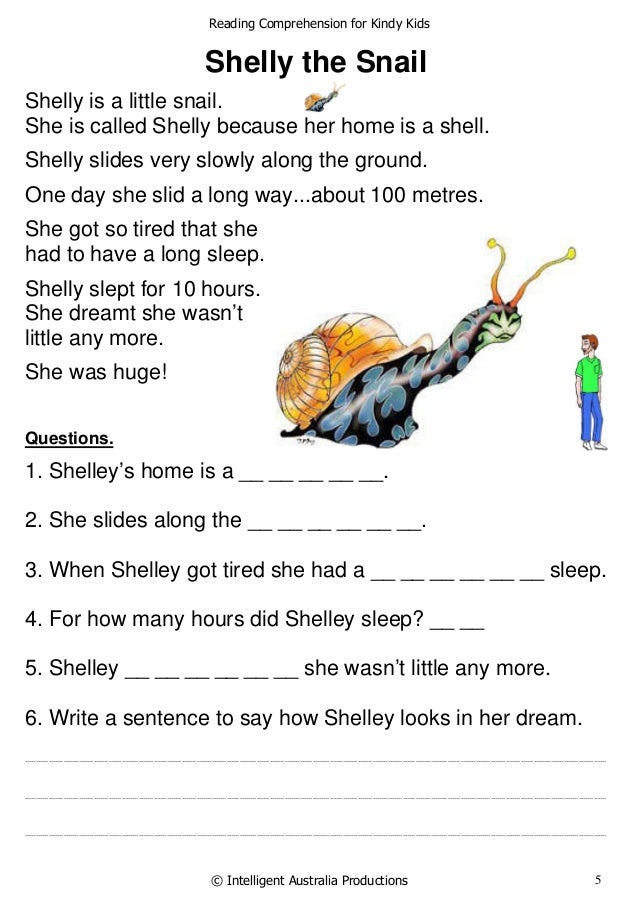 I thought he read badly, at least he does not satisfy me. But I typed 45 words per minute. According to statistics, about 5 people had a reading speed of more than 50 words per minute. 5 people could not read at all, in any way. Well, the average is the most 25-30 words per minute.
I thought he read badly, at least he does not satisfy me. But I typed 45 words per minute. According to statistics, about 5 people had a reading speed of more than 50 words per minute. 5 people could not read at all, in any way. Well, the average is the most 25-30 words per minute.
After six months at school, the children began to read faster, but the big problem of text perception remained. Those. they read mechanically, information is not stored in the head. nine0012
So you got confused... Well, my son doesn't read fluently at 6.5, although he started reading earlier, my daughter does. But we bother with the sequence: reading, retelling the one who read and the one to whom they read - I'm more concerned with the ability to comprehend the text and the transmission of thoughts than fluency. Parrots also chat fluently, but do they understand what they are talking about?
Fluently - is it like an adult, when there are no questions about the speed at all, the child reads "for himself"? Then at 7.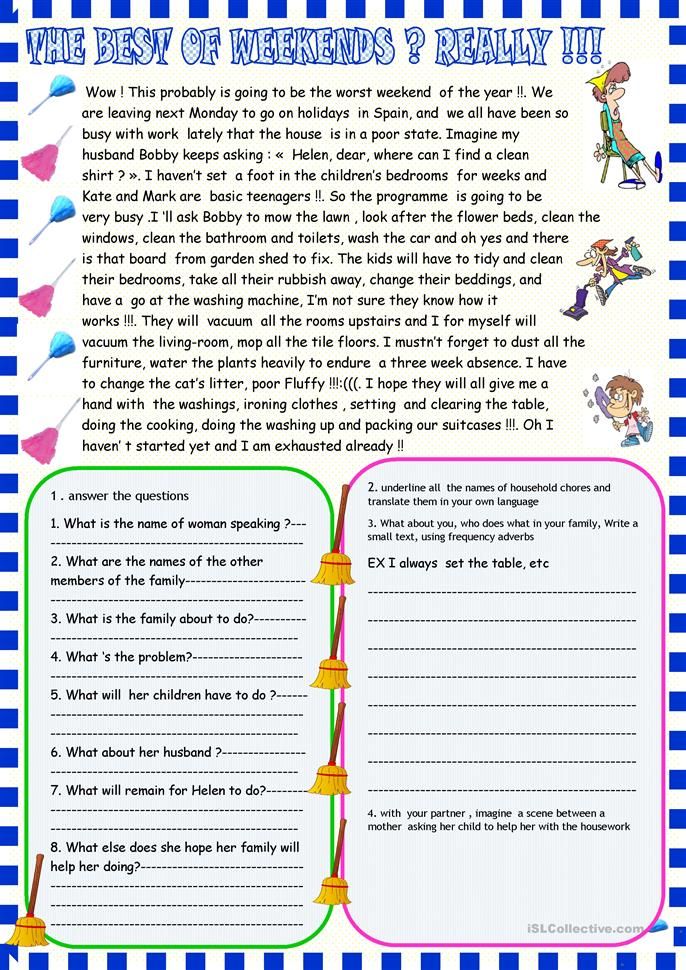 5, between 1st and 2nd grade.
5, between 1st and 2nd grade.
For a first-grader, the speed required by the school you have chosen for him is normal. Ours did not require, but by the end of grade 1, even my child, who had hardly read on September 1, had 40 words per minute. nine0012
At age 8, after 1st grade. Don't bother with reading speed.
She didn't know how to read at school, she knew the letters, at the end of November at the meeting she said that my daughter reads best of all and quite fluently.
The eldest - half a year before school, the youngest - the first grade ends, we are all waiting, sir We were engaged in the same way, before school in the sense.
I remember how at the end of the first grade the teacher was talking to the older one. that it would be nice to bring the reading speed to 70 words by the end of summer. nine0012
Senior at 6 years old - 90 words per minute, began to add syllables at 4 years old, from 5 to 6 - already read books, encyclopedias.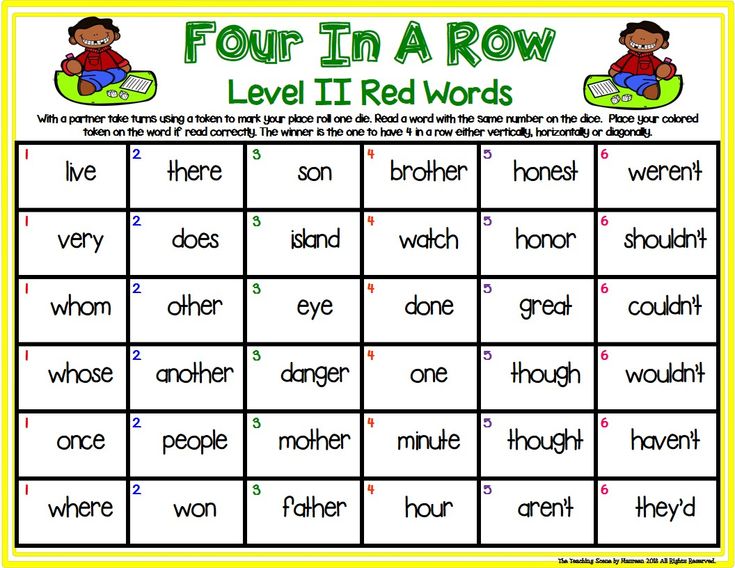 But at the same time, in the account, he was like all children of this age with whom they are engaged, but without any special obvious abilities.
But at the same time, in the account, he was like all children of this age with whom they are engaged, but without any special obvious abilities.
Another son learned to read from the age of 5 to 6 only from a problem book, because He was very fond of solving problems, understood the principle of multiplication and division, but could not stand the primer.)
Both went to school at the age of 6. Then they just switched to the system for 4 years in the beginning. Oh, everyone has already graduated from school, the first one always did better in humanitarian subjects, and the second one - mathematics and physics)))
Recently, she was 5 years old, a girl, she reads quite fluently and a lot (about 40-45 words per minute). Everything he sees, he reads. All workbooks that are close are hers. I did not teach her to read, she herself somehow, according to the alphabet, from the age of 3.
Easy examples for grade 1 in the brother's textbooks decides, she takes it from the shelf and sits down at the textbooks.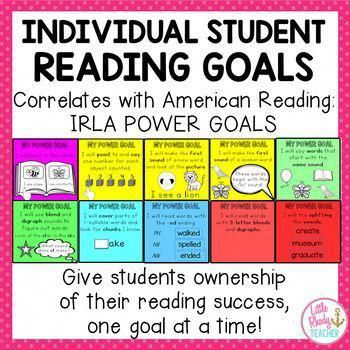 If I want to help with explanations, he chases me with the words - "you are in the way, I understand everything myself"
If I want to help with explanations, he chases me with the words - "you are in the way, I understand everything myself"
Understands all texts, retells in faces.
To prepare for a school (not at a school, in a children's center) they took with 6-year-olds after an interview in September, they themselves offered. She was 4 years 8 months old at the time... Some are even going to school this year from her preparation group. nine0011 I don't know what to do with it..
Be happy and urgently go in for sports. Because the child will cope with studies without your help, but sports in her life may be lacking because of her studies.
And find a decent school, preferably with selection. But 2 years later...
The son began to read well, not in syllables, and observing punctuation at 4.5 years old. The middle child started reading only in the 1st grade. Now 2 is finishing, but reading everything syllable by syllable ((
The elder is 5, the younger 6.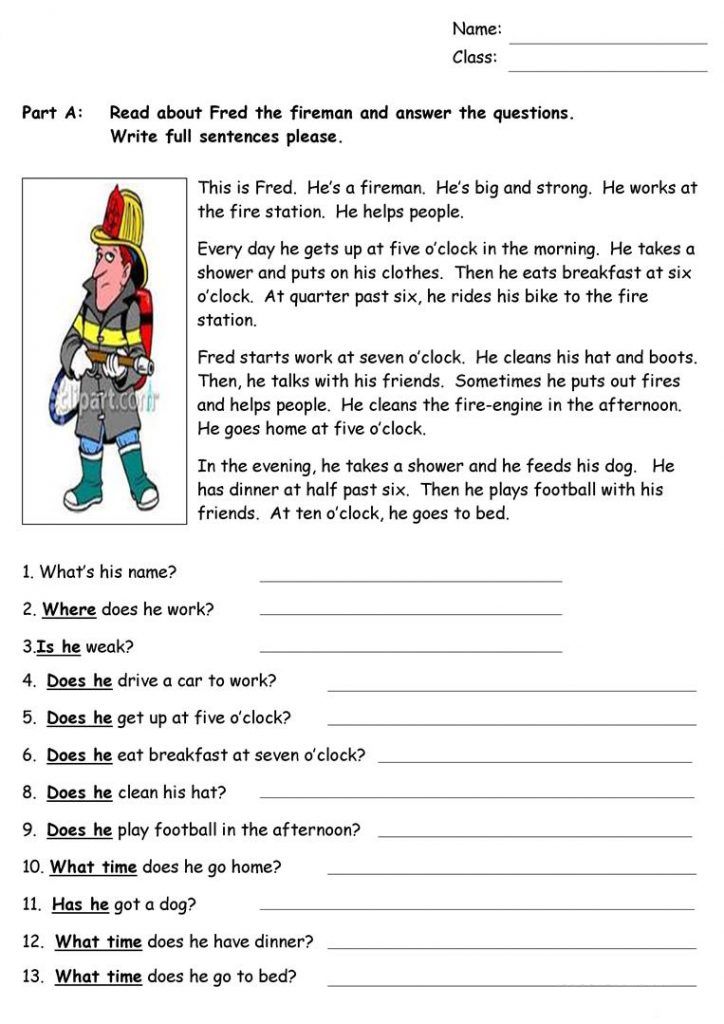 5 still does not read fluently.
5 still does not read fluently.
Agree, very desirable.
Believe me, there is absolutely nothing here with which you have to do something. Well, except to rejoice, as Elana wrote, yes. )
My child began to read only at the age of 7, they went to the training for a year and only towards the end he learned, just turned 7 in the spring. Now we are in the 5th grade, so he tells me that some of their children still read slowly.
My younger brother also began to show abilities very early, and since we have a difference of 7 years, I remember very well. At 4.5 years old, he read, wrote in block letters, memorized a lot - children's books, records (such as the Three Musketeers) knew all the text and songs by heart. I went to school at the age of 6 (I was born in April), then I skipped another class, finished school at the age of 15 and entered the Fiztekh. They didn’t even hear about any developmental courses at that time, the parents took the tutor from Moscow State University in 10th grade, and after a few lessons he said that his services were not needed.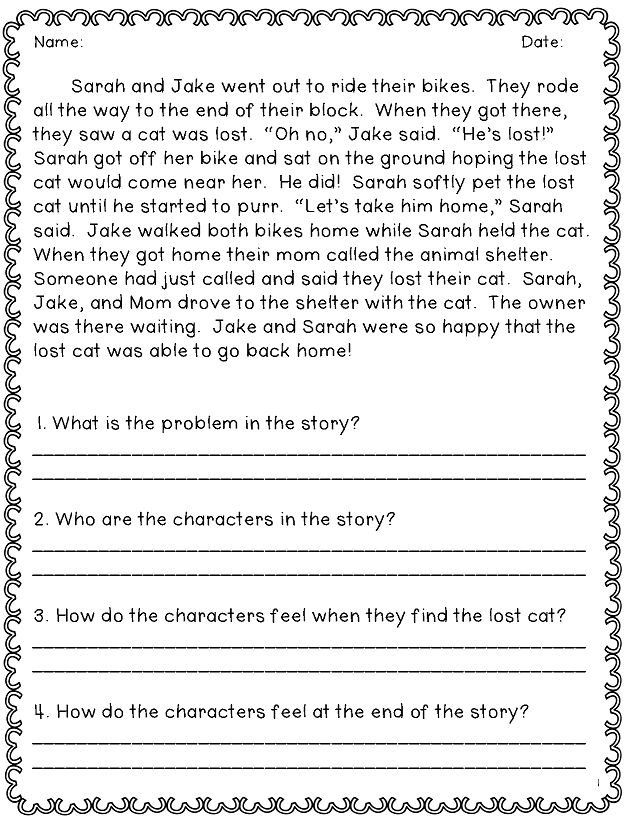 This is a great happiness when a child has a gene of "craving for knowledge", I don’t know how to call it more precisely - so that studying is a pleasure and comes easily. nine0012
This is a great happiness when a child has a gene of "craving for knowledge", I don’t know how to call it more precisely - so that studying is a pleasure and comes easily. nine0012
Open theme in windows
Sk wpm - Grade 1??
How many children do you read in 1st now?
I remember the number 80 from somewhere! apparently from Eva)))
And I never checked, because it suited me how my son reads. Not in syllables (if only very long words) with almost no errors, with intonation, though, there is a problem, but we are working on it.
Then I finally counted - we read 45 words per minute
(should we count prepositions as words or not?). nine0011 They also handed out papers about what a child should be able to do by the end of the 1st grade. It says 35 words, uh) we seem to be reading so mediocre...
Questions:
-Who how much?
- Do you read every day?
- by page speed approximately at a time? (well, on average)
-and what are you reading???
We were given a recommended list of literature for extracurricular reading at the beginning of the year.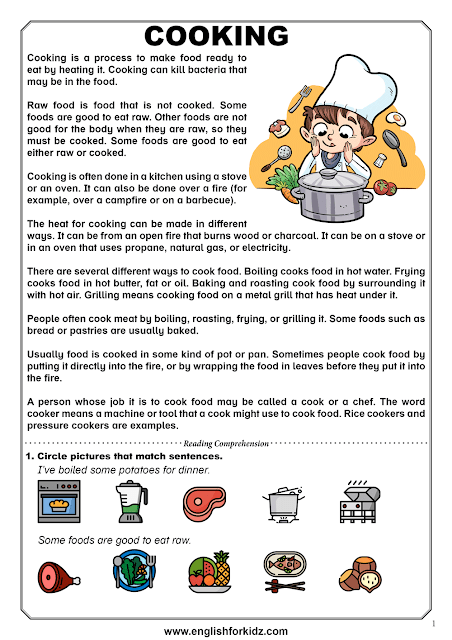 Every reb. keeps a reader's diary, or rather the parent) The child reads, the parent writes down in a notebook a certain one - what he read, when and how much, and the painting. We show the teacher once a week - puts prints) it stimulates them) children in the sense) First they read according to the list, then they went to read something of their own - Vera and Anfisa, Santa Claus from Dedmorozovka. nine0012
Every reb. keeps a reader's diary, or rather the parent) The child reads, the parent writes down in a notebook a certain one - what he read, when and how much, and the painting. We show the teacher once a week - puts prints) it stimulates them) children in the sense) First they read according to the list, then they went to read something of their own - Vera and Anfisa, Santa Claus from Dedmorozovka. nine0012
Standards in the 1st grade are designed for more than average children. In September, the 1st grade, my daughter read 45 words - this was the average result for the class (it looked slow from the outside, there were pauses between words, no intonation, but not in syllables). At the end of the year, normally successful children read 80-100 words and more. The boy who read 10 words at the beginning of the first grade felt very bad, studied too.
Reading per minute is like a mantoux. Interesting only in dynamics. Therefore, 45 and 80 are both good, provided that there is progress.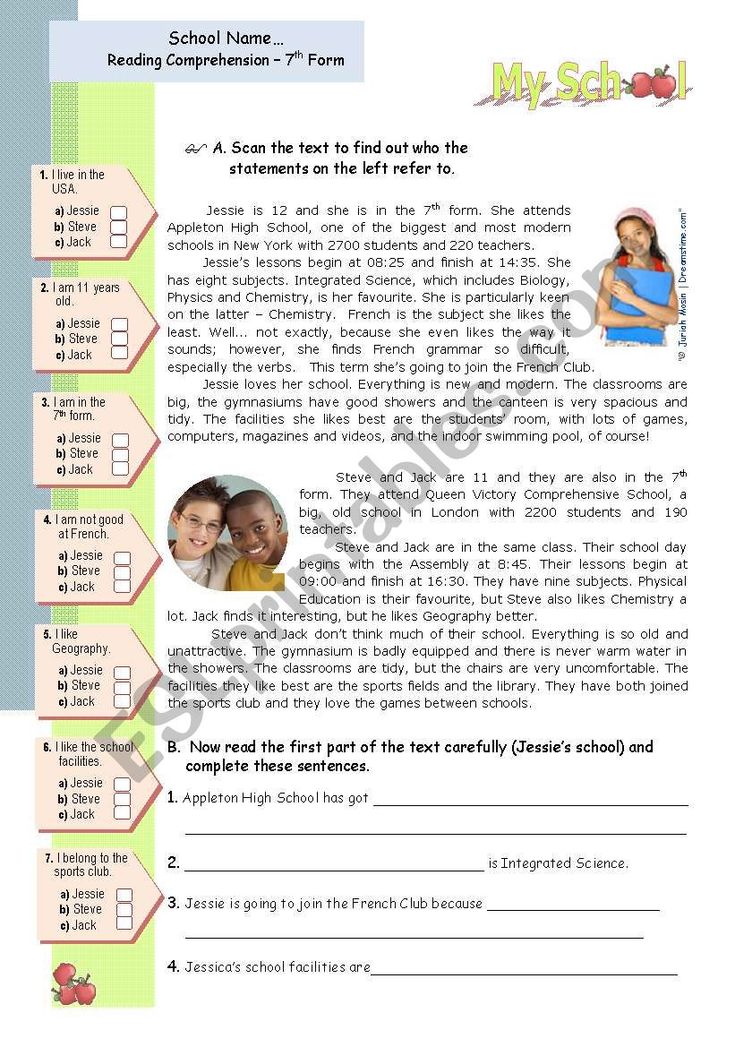 We measured it now, remembered the tsyferka. Measure after six months. If it was 45 and left 45, bad. It was 10, it became 45 - good. And these 35, which are given to you as a guide, are the minimum below which it is advisable not to slide. nine0012
We measured it now, remembered the tsyferka. Measure after six months. If it was 45 and left 45, bad. It was 10, it became 45 - good. And these 35, which are given to you as a guide, are the minimum below which it is advisable not to slide. nine0012
In the first grade, we read every day without skipping classes.
Do not count the pages, there are different books. Count the minutes of reading. (not looking at the pictures))
We got 20 minutes each - this was a child reading aloud. Well, I give him a little answer. Our readers' diaries with minutes are marked daily, on Friday they are handed over to the teacher, whoever reads the most minutes gets some kind of prize, I don't know which one. A sticker on a folder or the opportunity to be on duty at a reading lesson, karoch, some kind of important thing for children. nine0012
we were told that 35 words
The child is not yet at school, I myself read more than 100 words per minute in the middle of the first grade (before NYC), I read books at home every day, I won’t name the number of pages.
I read Belyaeva ("Island of Lost Ships", "Amphibian Man", "Ariel"), Defoe "Robinson Crusoe", Nosov - all books about Dunno, "Electronics - a boy from a suitcase", etc.
80-100 wow! ...
This is not as much as it seems, by the way, a year ago my daughter read 80-90 words, now more than 100 (I don’t know how many, I don’t mark it myself, but according to the reading technique it’s always 5). More than 100 is already reading, like an adult, faster than 120 is chattering, probably. She was far from the only one like that, there were children and faster, but there were also those who had "10 words at the beginning of the year", by the end, most likely, it was 25-30, but they definitely did not excel in "excellent students" and did not do well all year .
as a child I remember reading 55 in the first grade.
this was the result in the top five leaders.
daughter 38 at the beginning of the first grade is almost the worst result, and 78 at the end of the year is a solid middle.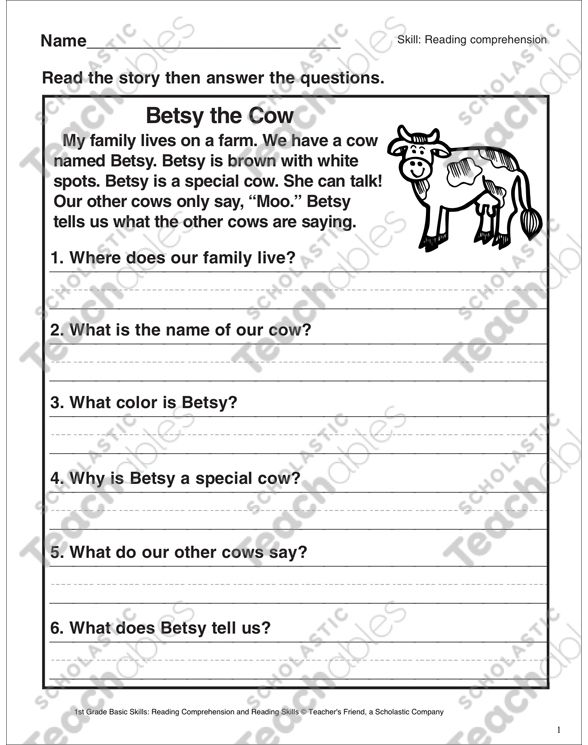 nine0012
nine0012
In October, my technique passed - 96 words, at the end of the year - 123, now they are required to show punctuation marks not with intonation, but to pause, in November it was 147, now they have not checked it yet. My went to school very early, knew how to read words, wrote in print, I didn’t strain her at all. Everything depends on the child, do not panic, you have very good results, but there will always be those who are better, and some are worse than yours.
I found this link:
http://irina-se.com/texnika-chteniya-normy-1-4-klass/
My daughter went to school in 2015. The last time I measured it was 70 words per minute, but it’s generally difficult to measure it, because breaks for discussion and looking at pictures.
We read books with a little text and a lot of pictures. Reads aloud to me for 5-10 minutes, almost daily. We keep an electronic reader diary, I drew a tablet in Excel, it enters the author and title.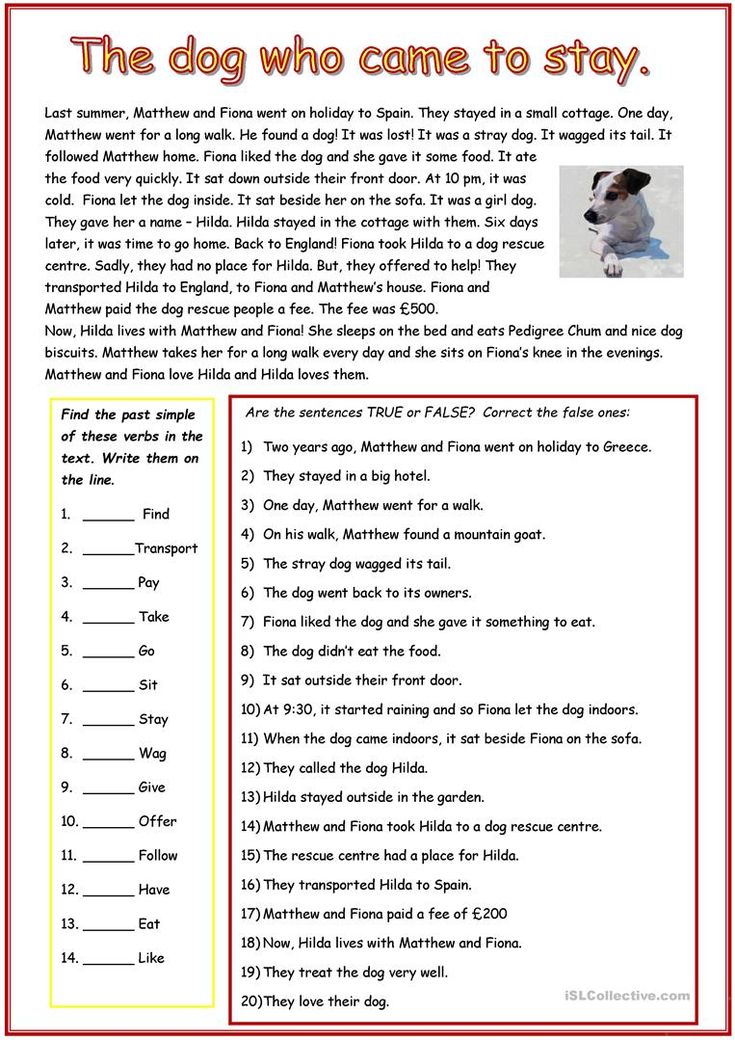
My friend's daughter went to the 1st grade and read 8 words per minute, to NG - 40 words per minute. This is a good result, because the dynamics are good. nine0012
Your daughter reads quite fluently. I just checked mine (we are going to school this year) - 34 words per minute. But ... the Chukchi is not a reader at all, the Chukchi is rather a writer, he writes quite competently.
in the second 60 - I remembered
in the first something like 40 or 45
We read 2-3 pages of texts of fiction every day. At the beginning of the year there were 40 words, now 83 per minute. It seems to me that he reads slowly. In fact, the main thing is not speed, but understanding the text, the ability to retell and analyze it. Speed is not an end in itself. nine0012
As I remember now, in the first grade I read 120 words per minute. I remember very well how the teacher told my mother: she reads 120 at a rate of 60.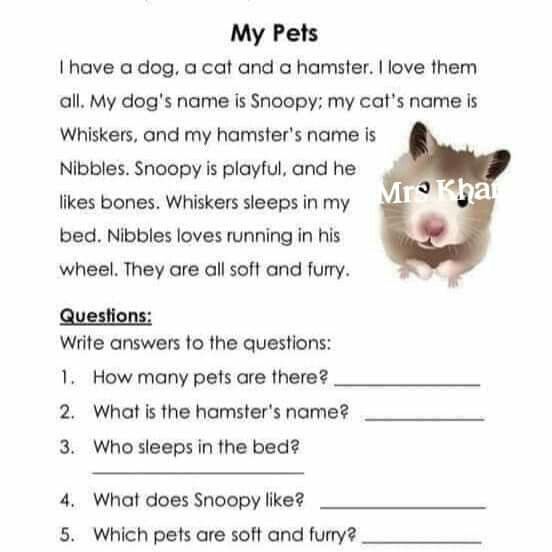 And there was one boy in our class, so he read 5 words.
And there was one boy in our class, so he read 5 words.
We read 60 words, children in the class read 60, and someone reads 104... The norm is 35 words, the teacher said, your indicator is above average.
I agree. Because some read with expression, understand the text, and someone talks about without expression and does not understand what he read. We are taught to read with expression, to highlight punctuation marks well with your voice, it seems to me that speed depends a lot on this. nine0012
Daughter in first grade, reads 90 words. Now he is reading Dunno in a sunny city, in three days - 70 pages.
Children were checked before NC. Mine read 83 words with text comprehension and questions answered. The maximum result in the class is 86 words (for 80 only 4 people read it), the minimum is 35 words.
The score was based on the understanding of what you read, and not on the speed. The average result for the class is 45 words. There are 32 people in the class
this is speed!!! we are in 3 days pages 10 ((
We were told at the meeting that the norm is 45 words. But 3 mistakes - and already a minus point.
But 3 mistakes - and already a minus point.
When my daughter was in the 1st grade, the norm was 45 words. My daughter read at a speed of 90-100 words per minute with intonation and full understanding of the text. But before school, she already read perfectly, a lot and with pleasure.
The norms of reading technique are somewhat arbitrary. For each class, text of a certain complexity is taken, even with different font sizes. If a first-grader is given a text with complex words and small letters, then the reading speed will naturally be almost half as much (than with a text by age). Prepositions count too. Therefore, what you have tested yourself may not be the correct result (parents tend to be more demanding). Usually 40 words is another syllable reading... I think you underestimated the results...
And why do you need someone else's results? It is important that it is for a particular child that reading improves, that he understands and remembers what he read, that speech develops.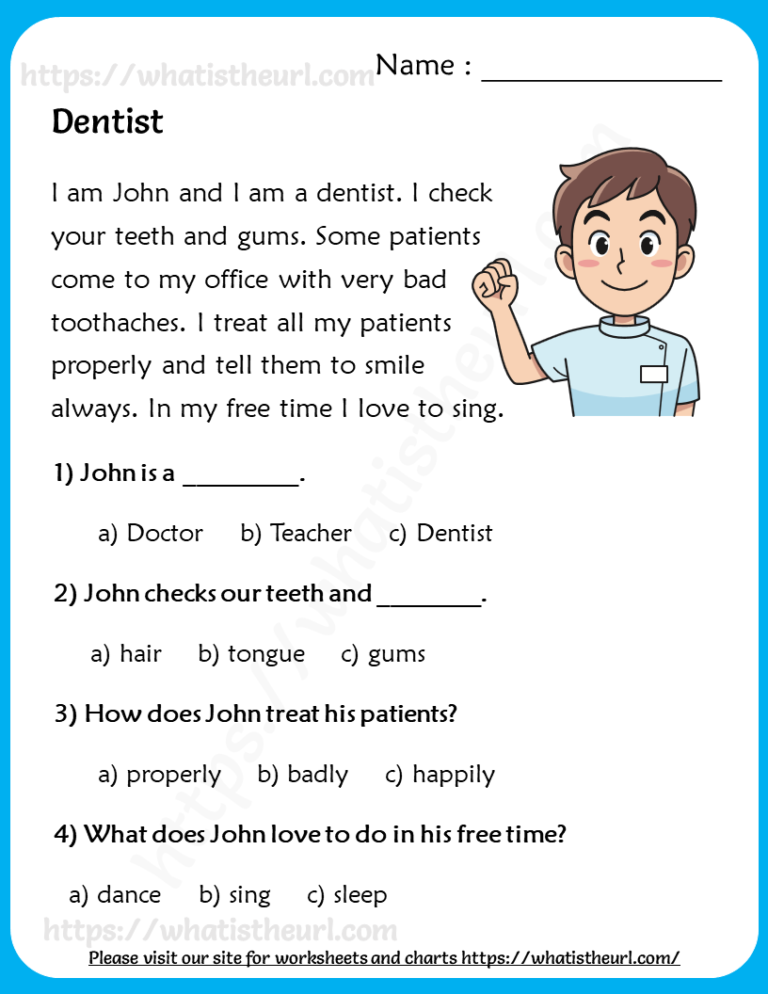 Our youngest at the beginning of grade 1 read 128 lines / min. But other children from this are neither cold nor hot, do not look at others! I wish your child to love reading, and speed ... will come, where can she go.
Our youngest at the beginning of grade 1 read 128 lines / min. But other children from this are neither cold nor hot, do not look at others! I wish your child to love reading, and speed ... will come, where can she go.
We don't check reading technique.
If you do not drive, then you can read for an hour and a half without stopping. In principle, he reads quickly, in half an hour easily 70-80 pages of an unfamiliar Harry Potter in the Rosmenov edition, i.e. format about A5 (to myself naturally). nine0011 Now, in addition to the GP, all sorts of stories about schoolchildren like the First Grader, Vitya Maleev are in favor.
Whatever the reading technique I don’t remember, they checked it in the 1st grade, but we all read fluently, the teacher didn’t take those who didn’t read at all \. by default they went to the G class
A first-grader daughter reads 110. She rarely reads at home, usually to herself before going to bed. I don’t know how much.
A fifth-grader son also reads 110))) He really rightly notes that the texts in 5 are somewhat different from those in the 1st grade, but that's a fact, that's a fact .. In the 1st grade, the son read 50.
Eh, I envy defki)))) I read about 70-80 words in the third grade))) one eye does not see at all, the other by 80% and astigmatism 4.5
it is a pity such babies do not undergo surgery. He reads little, does not like it, probably because it is very difficult for him to read. DZ, God forbid, he will do everything)
Well, and your reading is 5 points for the 1st grade.
Maybe the son just can't say more words per minute. In the 1st grade, she already read almost like an adult, so by the end of the 4th grade she doesn't have much growth. The last time was 146, but the daughter says that she literally had to chatter. And reading "to oneself" is difficult to measure... At a certain stage, all these speeds become simply not informative.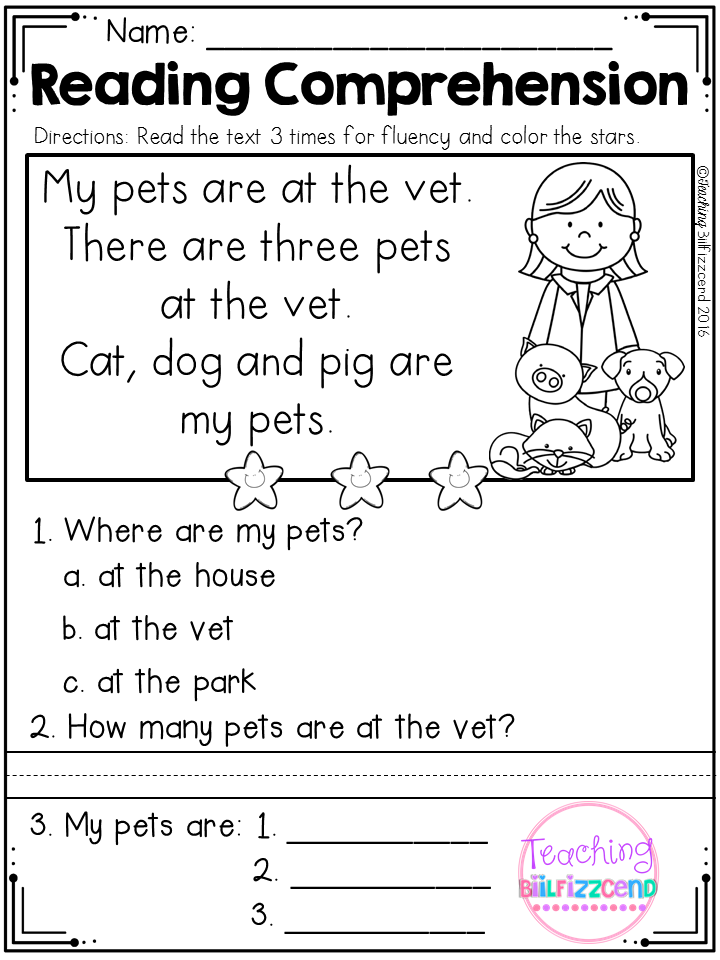 nine0012
nine0012
Health and good luck to your son. With problems like these, you're both heroes anyway.
Thank you very much))))
Well, I read it like that .. I don’t envy) Happiness is not in the number of words.
You can listen to audio books. Especially if the test is difficult. Yes, and sometimes there is a problem with Russian, he cannot read the word, and now he puffs 5 times, or even replaces it with "similar in spelling" and does not do what is needed at all. In short, alas, there are problems associated with speed, but corny, 3 for it can get for speed in the lessons. And of course it hurts the child. nine0012
Well, that's enough. In your scenario, I myself would not allow the child to read. When my daughter's eyesight began to fall in high school, she read oral subjects on her phone and then listened so that she would not read the paragraph 2-3 times. And I read aloud to her.
and we were told so, by the end of the year, d. b.
b.
Come on, 70 words is quite a decent speed.
So...a question.
How to improve the quality of reading?
maybe some special books to read?
Are there any exercises? nine0011 To make it faster and without errors?
80-100 words per minute - for me, just miracles. I read it myself! where is it faster?
PS...do you also consider syllables to be words???
A word is like a separate part of speech. Those. union and is the word and But - too. My reading speed is more than 150 for sure)
Improve quality or speed?
IMHO, the main thing is not to discourage the desire to read.
maybe you don't read "syllables" for words? Is that why you got 100? This is very little for an adult, I think that I read badly, my average speed is 180-200. nine0011 In the third grade, for example, we have 120 words for a five, and you say "much more", 100 words for a four)
You need this book and systematic studies on it.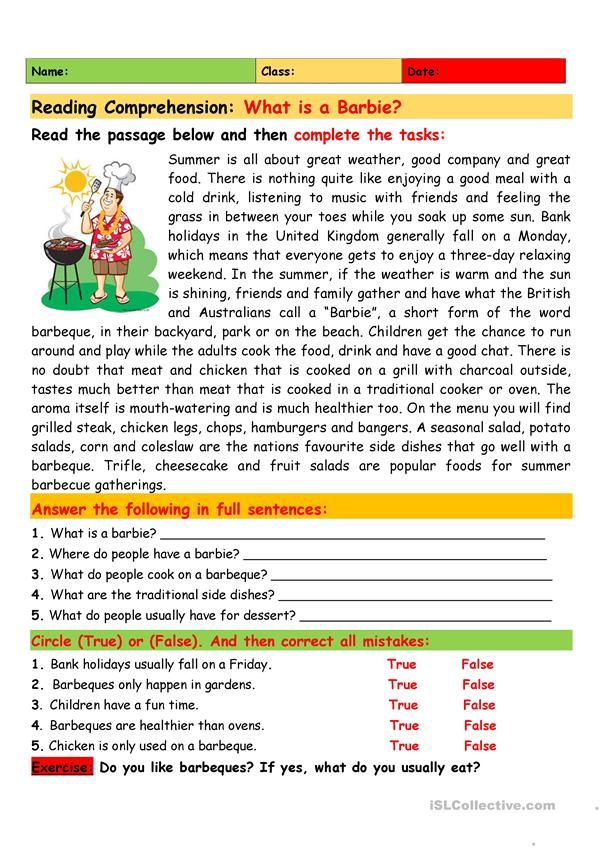 I work with my daughter, the result is visible - mistakes go away.
I work with my daughter, the result is visible - mistakes go away.
http://www.labirint.ru/books/120051/
Consider syllables as words - how is that? Prepositions and conjunctions count, you probably meant it.
Reading speed at school is usually measured on simple texts. You could give complex text in small print and get an incorrect result. Your 45 is a normal result, it's 5 points for the 1st grade. If a child reads with expression, with reading comprehension, not in syllables and pronounces the words as they are heard, then he reads normally. Speed will come with time and practice. nine0011 A healthy adult cannot have 80-100 words per minute, you most likely measured incorrectly.
oh, virgins, laugh))) of course, prepositions, not syllables. this is me at all))
texts yes, not the easiest, I don’t even know where the easy ones are, except for the primer to find it. We read with dialogues, difficult long words and not short sentences. the font is really big.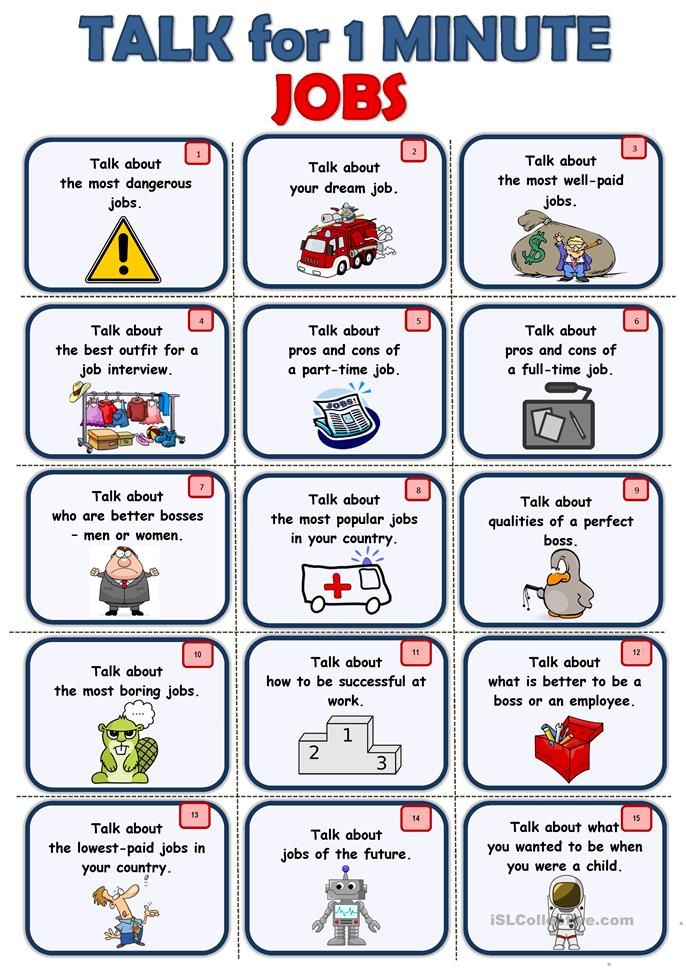 They write above that the child of Amphibian Man reads, Harry Potter, obviously not the simplest texts))) Reads in words, almost without switching to syllables, but periodically makes mistakes, returns to the word. now I’ve begun to learn how to withstand intonation, otherwise dots and commas are sometimes past the ears)
They write above that the child of Amphibian Man reads, Harry Potter, obviously not the simplest texts))) Reads in words, almost without switching to syllables, but periodically makes mistakes, returns to the word. now I’ve begun to learn how to withstand intonation, otherwise dots and commas are sometimes past the ears)
45 I counted several times. no prepositions, just words.
But for myself - I didn’t think so, it seemed that an adult owes about 100)))) it is necessary to detect somehow
no, I mixed up, not syllables of course, but prepositions.
for myself I didn’t notice, it seemed to me that I should read about 100)) for some reason! it is necessary to measure)
I meant prepositions, not syllables, I made a mistake)). I need to measure myself, I didn’t measure, it just seemed that I should read 100 for some reason) it became really interesting)
Well, that particular child who reads Harry Potter was read by the Wizard of Oz himself at the age of 3.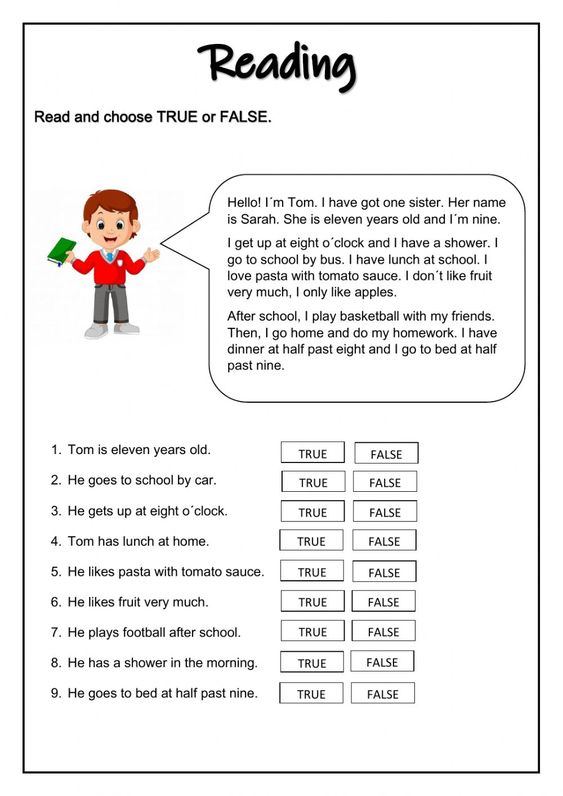 This is not the average child.
This is not the average child.
I try to choose a bigger font with mine, like here:
Or at least medium, not small. We keep our eyes.
As for Harry Potter, I have read at least five cases that it was this book that helped hard-reading boys in elementary school to read at speed and love reading. So perhaps it is this one that should be offered for calculation (not taking into account the statistics), because the plot is addictive, especially if you have not watched the film before. nine0012
Read. Just read. Every day for 20 minutes. Look for interesting books. Harry Potter, maybe a bit early. Try something simpler, more humorous. "Horrible Henry", Grigory Oster all in a row, Deniskin's stories ... Short, so that it can be read and enjoyed in one sitting.
Thank you, and so he reads almost 20 minutes every day almost, sometimes we miss weekends) I will look for interesting books
35 - this is the norm, i.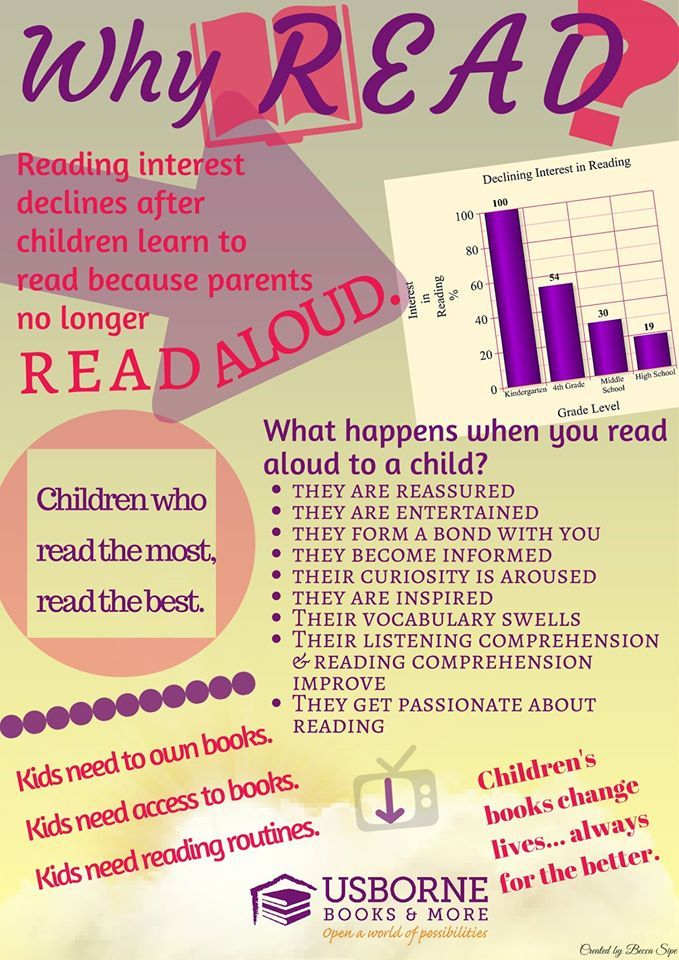 e. if it is lower, then horror-horror. In fact, it is not so much the number of words per minute that is important (thank God, we are not particularly tormented by them), but the understanding of the text, whether the child can read a long task, understand and decide, whether the verse itself can take, read and learn, whether the paragraph around the circle to read and retell. If all this is, then everything is fine with any figure above the norm. My younger ones read about the same in the 1st grade (at school they got a little more, because they apparently gave simpler texts for control), but they are both six-year-olds, respectively, it is clear that they have not yet gained speed. The older one had more, but then she slowed down and there was no longer a strong increase in speed, despite the fact that she was already reading thick books for herself. But she has such a character, with oral answers she starts to slow down. nine0012
e. if it is lower, then horror-horror. In fact, it is not so much the number of words per minute that is important (thank God, we are not particularly tormented by them), but the understanding of the text, whether the child can read a long task, understand and decide, whether the verse itself can take, read and learn, whether the paragraph around the circle to read and retell. If all this is, then everything is fine with any figure above the norm. My younger ones read about the same in the 1st grade (at school they got a little more, because they apparently gave simpler texts for control), but they are both six-year-olds, respectively, it is clear that they have not yet gained speed. The older one had more, but then she slowed down and there was no longer a strong increase in speed, despite the fact that she was already reading thick books for herself. But she has such a character, with oral answers she starts to slow down. nine0012
Wow. My 5.11 reads 27-30 words and that's not enough.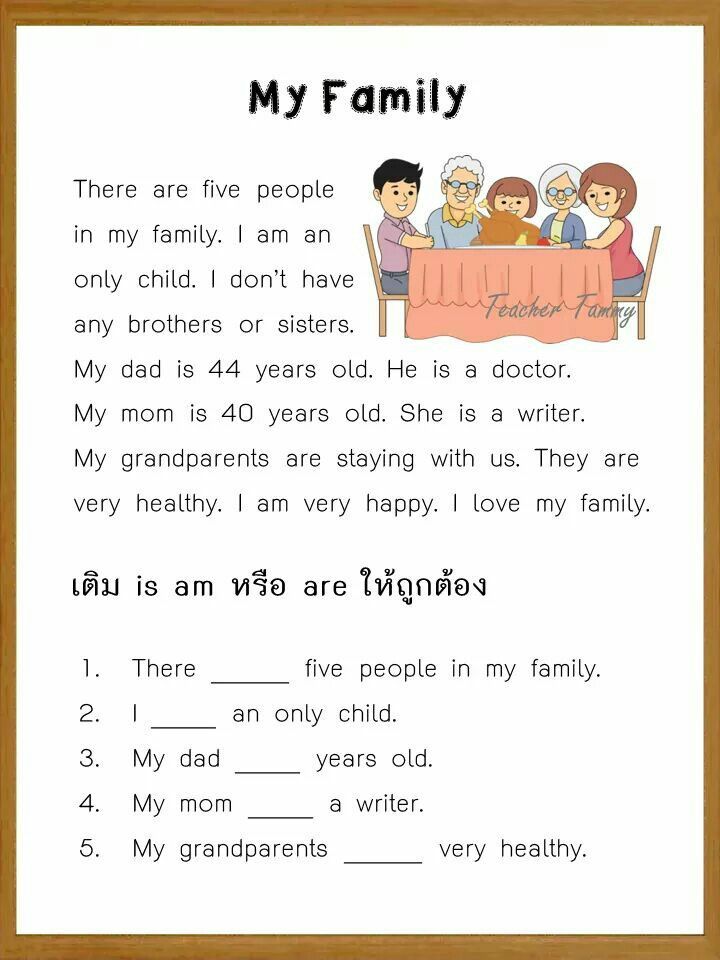 To school in September, over the summer we will catch up a little. This is even perceived by ear very hard, it makes me so sausage. It is possible that 35 at the initial stage, for the end of the first class Pts is not enough.
To school in September, over the summer we will catch up a little. This is even perceived by ear very hard, it makes me so sausage. It is possible that 35 at the initial stage, for the end of the first class Pts is not enough.
faster - mechanically, like a speaker, not understanding what you are reading
yes, we also checked - the speed of adult reading with understanding - 80
familiar text (or a second time) - up to 100
Reading speed up to 50 words per minute. I was still thinking - how can we contrive so if I have a child of 90 reads?
May I ask you for a list of books for extracurricular reading? Suddenly we will find something interesting for ourselves.
I will try to scan it and send it to you, send me an email.
Thanks in advance. Right now I'll throw my mail in a personal.
Well done for getting ready for school, it will be easier for the child.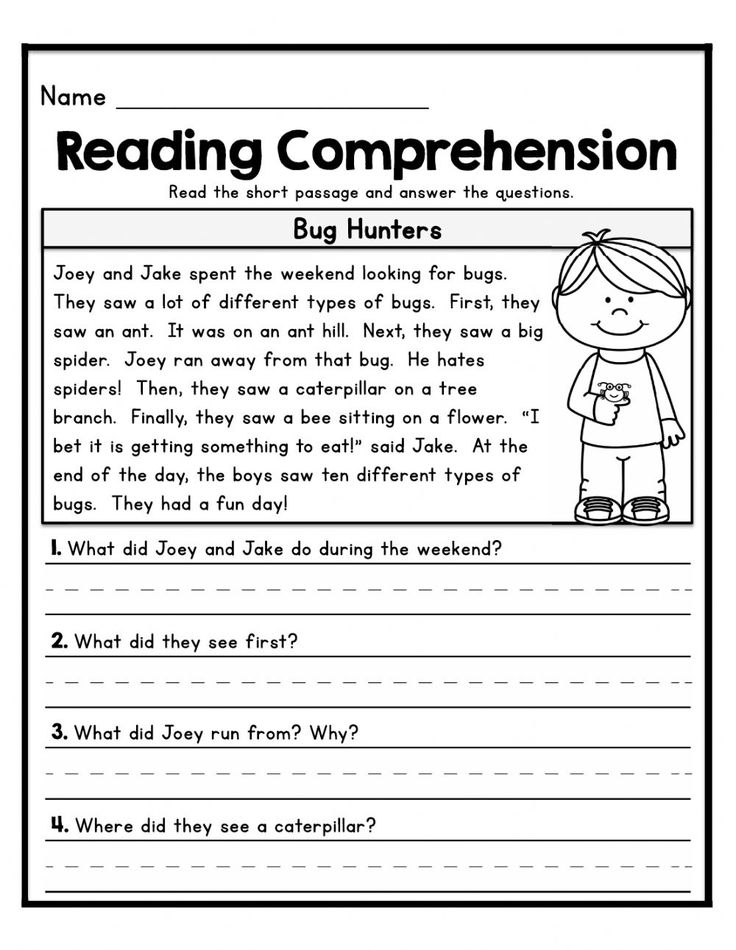 But the norms suggest that a non-reading child goes to school, at the end of the first grade he reads 35 words. It's minimum. And you are ahead of the rules.
But the norms suggest that a non-reading child goes to school, at the end of the first grade he reads 35 words. It's minimum. And you are ahead of the rules.
Mine read 120 words a minute in the first grade and in the third and fifth. nine0012
I checked myself recently, 172 wpm on some detective story. I understood everything perfectly and even tried to observe the intonation - the listeners also understood everything, they say. And it is clear that the speed of reading to myself is much higher - I managed to read and what will happen next until the end of the page, but did not have time to pronounce it. At this speed, there is no longer enough breathing and the need to pronounce words greatly slows down. I didn’t take any speed reading courses, I just read a lot since childhood.
They also checked my brother (he reads very, very rarely), it turned out 118 words per minute. That is, he did not reach some norm (for the third grade, it seems).